Содержание
- 2. Cells Cells are active participants in their environment, constantly adjusting their structure and function to accommodate
- 3. CELLULAR ADAPTATIONS As cells encounter physiologic stresses or pathologic stimuli, they can undergo: adaptation achieving a
- 4. CELLULAR ADAPTATIONS Broadly speaking, such physiologic and pathologic adaptations occur by Decreasing or increasing their size
- 5. Cells may adapt to a pathological (disease) stimulus by extending the three normal physiological adaptive responses:
- 7. Atrophy Atrophy means reduction of the number and size of cells, tissues and organs in living
- 8. A. Physiologic atrophy. It is a normal process of aging in some tissues: 1. Atrophy of
- 10. Atrophy
- 12. B. Pathologic atrophy may be general and local. General atrophy is observed in cachexia due to
- 13. Gross appearance of patients occurs: Sharp exhaustion. Adipose tissue is decreased and it has brown color.
- 14. Histologically: Cells become smaller in size but are not dead cells. Shrinkage in cell size is
- 15. Hypertrophy refers to an increase in the size of parenchymal resulting in enlargement of the organ
- 16. Mechanisms of hypertrophy The increased size of the cells is due not to an increased intake
- 17. True hypertrophy (hyperplasia) has adaptative and compensative characteristics and may be: physiologic pathologic
- 18. A. Physiologic hypertrophy (hyperplasia). 1. Neurogumoral (hormonal) hypertrophy: hypertrophy of female breast at puberty, during pregnancy
- 21. B. Pathologic hypertrophy (hyperplasia). Neurogumoral hypertrophy develops due to impairment of endocrine functions. Endometrial glandular hyperplasia
- 22. 3. Compensatory reparative hypertrophy: regeneration of the liver following partial hepatectomy, regeneration of epidermis after skin
- 24. According to stage of adaptation two types of myocardial hypertrophy have been described: Concentric. In concentric
- 25. myocardial hypertrophy
- 26. Metaplasia Metaplasia is defined as a reversible change of one type to another type of adult
- 27. Epithelial metaplasia This is the more common type. The metaplastic changes may be patchy or diffuse
- 29. Mezenhymal metaplasia. Transformation of one adult type of mesenchymal tissue to another. Osseous metaplasia. Osseous metaplasia
- 31. Dysplasia Dysplasia means “disordered cellular development”, often accompanied with metaplasia and hyperplasia, it is therefore also
- 36. If the adaptive capability is exceeded or if the external stress is inherently harmful, cell injury
- 37. IRREVERSIBLE CELLULAR INJURY: Cell death is a state of irreversible injury. It may occur in the
- 38. Cell death is One of the most crucial events in the evolution of disease in any
- 39. Autolysis (“self-digestion”) Is disintegration of the cell by its own hydrolytic enzymes liberated from lysosomes. Autolysis
- 40. Necrosis Is celullar death in the living body in the disease. Necrosis is defined as focal
- 41. Nuclear changes. The irreversibly damaged nuclei are characterized by one of the following three features: Karyopicnosis
- 43. At electron microscopic level In addition to the above nuclear changes, disorganization and disintegration of the
- 44. Karyorrhexis
- 45. Karyolysis
- 46. The presence of the grains of chromatin in a focus of caseous necrosis is a manifestation
- 47. Stages of necrosis (or morphogenesis): 1. Paranecrosis - reversible changes; as a rule, reversible degeneration. 2.
- 48. Types of necrosis According to the mechanisms of development: 1. Direct (from influence of mechanical, physical,
- 49. Types of necrosis According to the cause: 1. Traumatic. 2. Toxic. 3. Trophoneurotic. 4. Allergic. 5.
- 50. Coagulative necrosis Is associated with inhibition of lytic enzymes. Foci of coagulative necrosis in the early
- 51. Coagulative necrosis
- 52. Liver: normal and necrosis There are signs of damage to the living cells: lipid inclusions, vacuolation
- 53. Zenker’s degeneration.Specimen is colored by Malori’s technique. Muscle fibers are fragmented, sarcoplasm is homogenous, looks like
- 54. Liquefactive (colliquative) necrosis Is marked by dissolution of tissue due to enzymatic lysis of dead cells.
- 55. Liquefactive (colliquative) necrosis
- 56. Fig. 1. Histologically, Colliquation Necroses Are Observed, Mainly In The White Brain Substance Of Corpus Medularis,
- 57. Liquefactive (colliquative) necrosis
- 58. Gangrene develops in organs and tissues having contact with environment. The most often examples of gangrene
- 59. Dry gangrene
- 60. Wet gangrene
- 61. Gas gangrene
- 62. Gangrene does not appear in… Skin Kidney Lungs Uterus Intestine (bowel)
- 63. On autopsy it is revealed enlarged dense right lung, fibrin layers on the pleura. Lung tissue
- 64. A patient with diabetes mellitus suddenly began having sharp pain in his right foot. The examination
- 65. In 77-year-old patient suffered with atherosclerosis the pain has appeared in the right foot. The foot
- 66. The examination of the child with measles showed the non-clear border edematous fluctuated areas of red-black
- 67. Infarction – vascular or ischemic necrosis.
- 68. A patient died from acute cardiac insufficiency. The histological examination of his heart revealed in myocardium
- 69. Infarction is… Hyperemia Stasis Ichemical necrosis Secquestrum Degeneration
- 70. A 65-year-old patient, who suffered from arteriosclerosis, has been hospitalized in surgical department because he had
- 71. Fat necrosis is encountered in adipose tissue contiguous to the pancreas and more rarely at distant
- 72. Fat necrosis of the pancreas
- 73. Caseous necrosis Has features of both coagulative and liquefactive necrosis. Typically, it occurs in the center
- 74. Caseous necrosis
- 75. Fibrinoid necrosis Is characterised by deposition of fibrin-like material, which has the staining properties of fibrin.
- 76. Fibrinoid necrosis
- 78. Outcomes of necrosis Regeneration of tissues – replacement of the dead tissue with a new one.
- 79. Sequester – fragment of dead tissue, which can’t be autolized, replaced by connective tissue and which
- 80. Apoptosis Is a programmed (physiological) death of the cell in the living body. Morphologic features of
- 81. Histologically In tissues stained with hematoxylin and eosin, apoptotic involves single cells or small clusters of
- 83. Mechanisms of the development of intra- and extracellular (stromal) degenerations (dystrophies) are the followings: Infiltration –
- 84. Intracellular fatty degenerations For identification of different kind of fats we usually use special reactions (staining):
- 85. Disturbance of fat metabolism may manifest as: appearance in the place where it does not appear
- 86. Fatty degeneration of the liver Macroscopically the fatty liver is enlarged with rounded margins. The cut
- 87. “goose liver”
- 88. “goose liver”
- 89. Autopsy of the patient who had suffered from tuberculosis demonstrated that the liver weighed 1600 g,
- 90. Fatty degeneration of the heart It is also called “Tiger’s” heart. Macroscopically the heart is enlarged,
- 91. External examination of a newborn revealed dry dull pale skin Autopsy of the patient who had
- 92. Autopsy of the patient who had suffered from hypertension disease revealed considerable enlarged flabby heart with
- 93. The kidneys look like “large white kidney”. They are enlarged, flabby. The cortical substance is gray
- 94. Stromal fatty infiltration is the deposition of mature adipose cells in the stromal connective tissue. The
- 95. Depending on the excess of the patient mass compared to the norm, 4 degrees of obesity
- 96. The two commonly affected organs are the heart and the pancreas. Subepicardial fat covers the heart
- 97. According to the etiology the following types of obesity are defined: 1. Primary (idiopathic); 2. Secondary.
- 98. According to the patient's appearance, obesity may be 1. Symmetrical 2. Upper 3. Medial 4. Lower.
- 99. In hypertrophic type adipose tissue enlarges due to increased volume of fatty cells, in hyperplastic due
- 100. A 45-year old man died of sudden cardiac arrest. Symmetrical stage III obesity, rupture of the
- 102. Atherosclerosis is a multifactorial disease that affects the intima of elastic arteries. The disease is characterized
- 103. Accumulations of proteins
- 104. A granular degeneration (dystrophy). Macroscopical kind of organs at this dystrophy it is determined as “muddy
- 105. Hyaline-drop degeneration is characterized by the aggregation of small proteins granules into cytoplasm of cells. It
- 106. Hydropic (cloudy, vacuolar, balloon) Is characterized by accumulation of water within the cell due to cytoplasmic
- 107. These vacuoles represent distended cisternas of the endoplasmic reticulum. Ultrastructural changes in hydropic swelling include the
- 108. Microscopy of the kidneys from the dead patient who had suffered from chronic glomerulonephritis showed enlarged
- 109. Keratoid (horney) degeneration Is characterized by increase production of keratin substance. This process may be local
- 110. External examination of a newborn revealed dry dull pale skin with uneven surface and presence of
- 111. Mescnchymal (stromal vascular) degenerations develop in the connective tissue as a result of metabolic disturbances in
- 112. 1. Mucoid swelling Mucoid swelling is superficial reversible disorganization of the connective tissue. These processes are
- 113. Histology of the deformed mitral valve revealed marked basophilic reaction at staining with hematoxylin-eosin of the
- 114. 2. Fibrinoid changes Fibrinoid swelling is deep irreversible connective tissue disorganization. Fibrinoid is formed as a
- 115. Skin biopsy of the patient with allergic vasculitis demonstrated a thickened homogenic, pyroninophilic vascular walls at
- 116. 3. Hyaline changes (hyalinosis) Hyaline changes (hyalinosis) - (greek “hyalos” - transparent, glass-like) usually refers to
- 117. Autopsy of the man revealed the signs of rheumatic heart defect, i.e. thickened deformed cartilage-like valves
- 118. Amyloidosis is the term used for a group of diseases characterised by extracellular deposition of fibrillar
- 119. A patient ages 42 had suffered from bronchiectasis and died of renal failure. Autopsy revealed enlarged
- 120. Autopsy of a man aged 56 who had suffered from fibrous-cavernous pulmonary tuberculosis revealed enlarged dense
- 122. Скачать презентацию



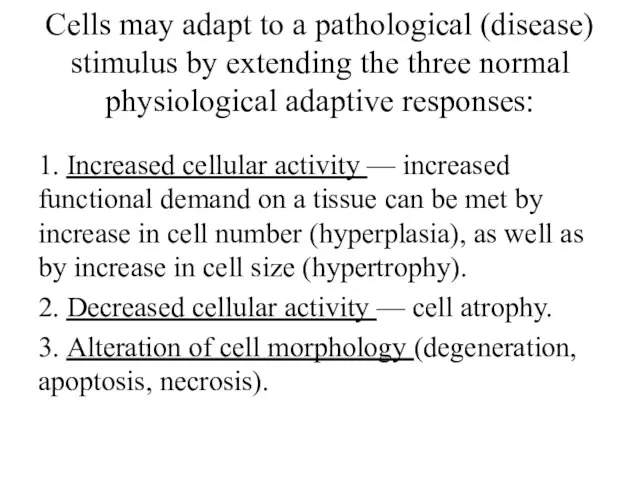
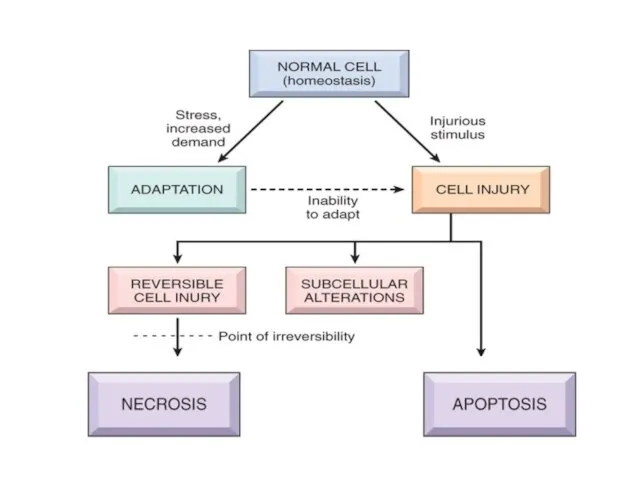
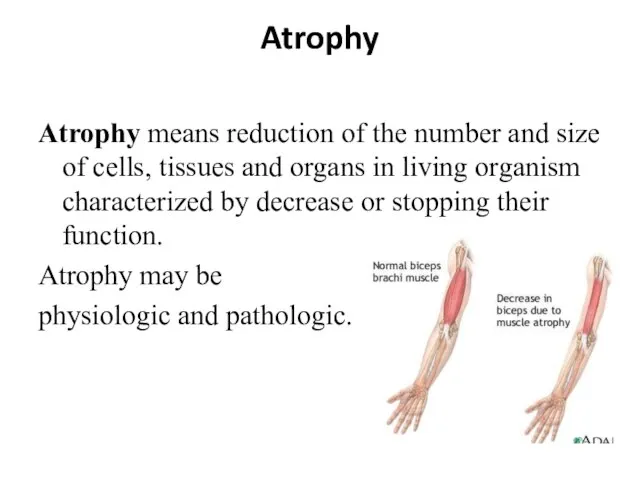
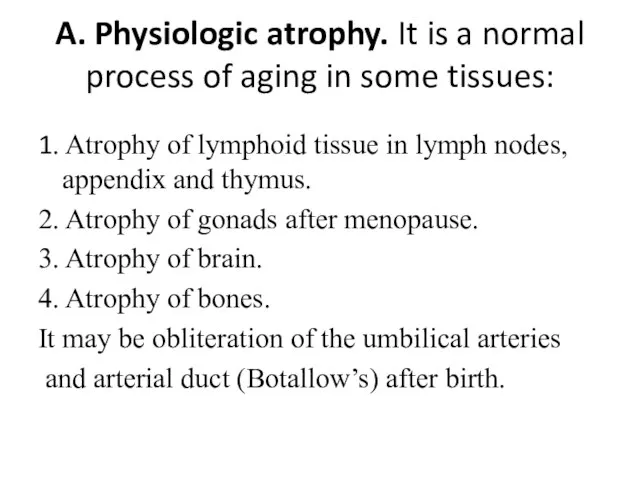
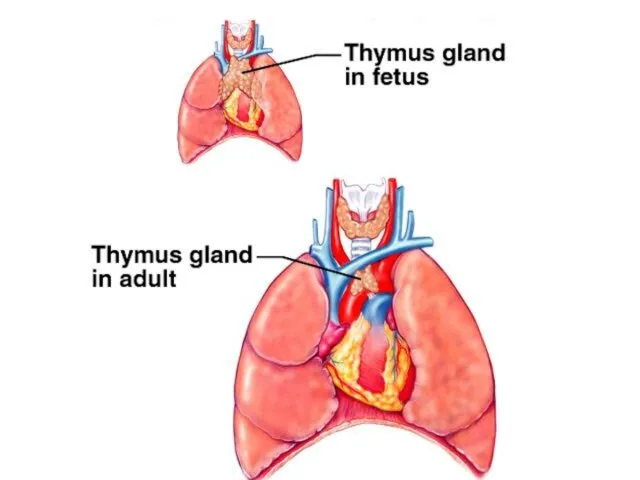
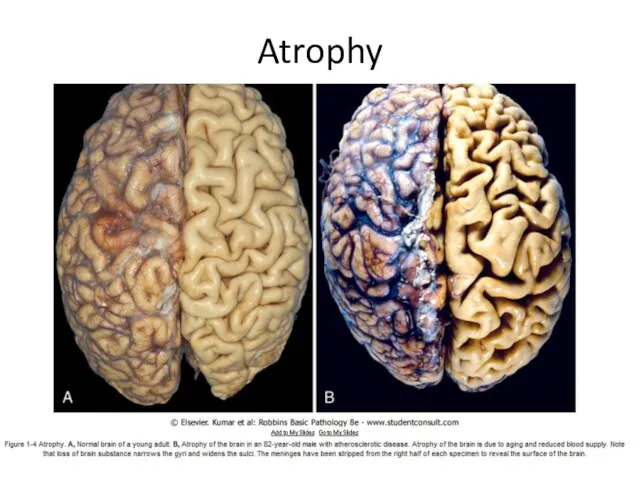
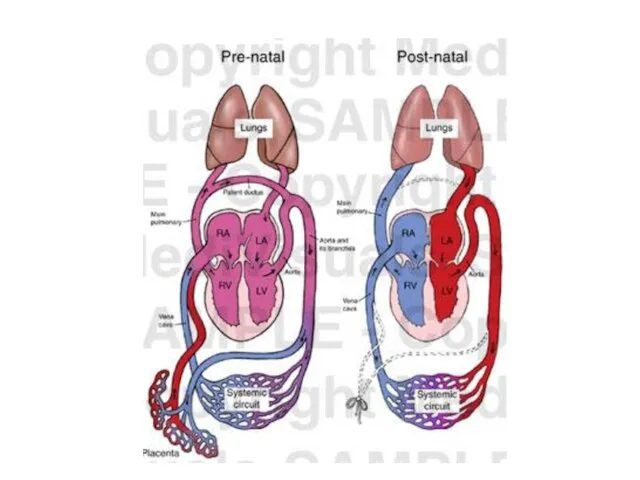
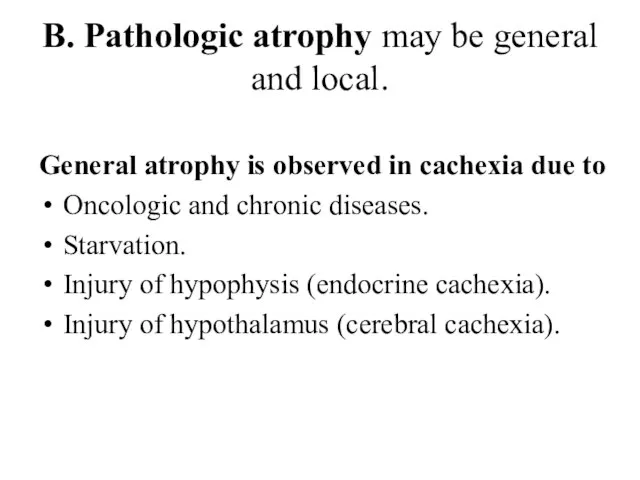
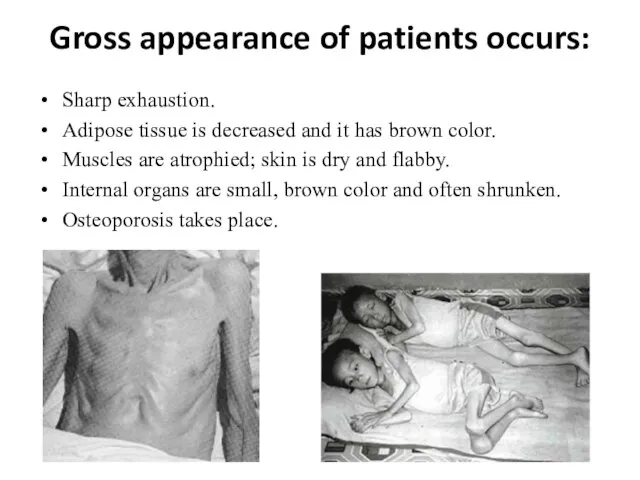
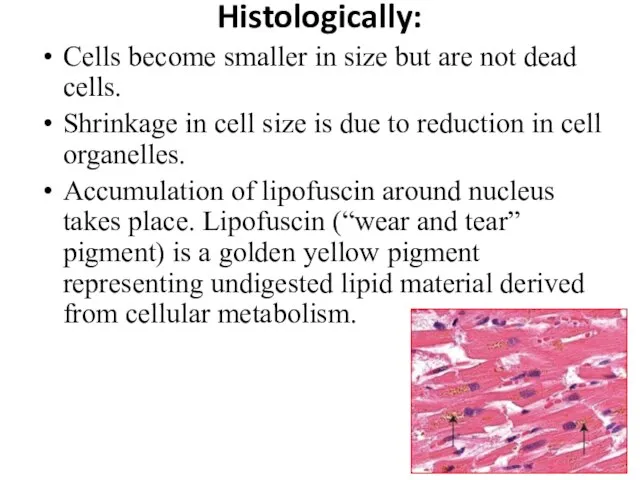
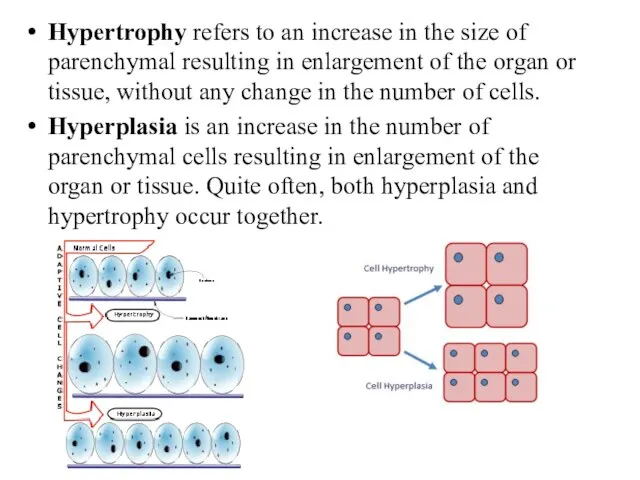
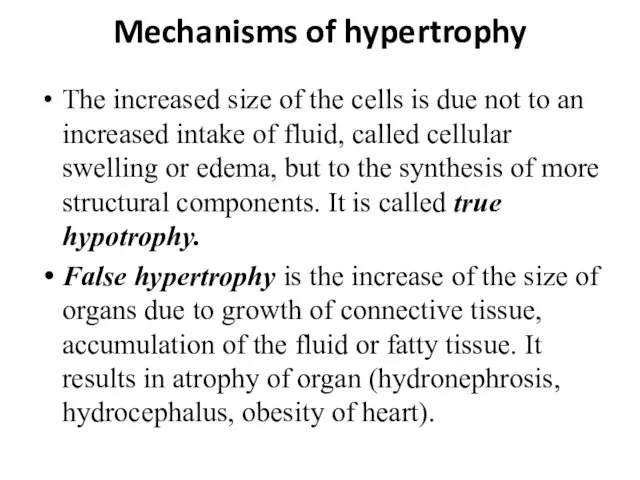
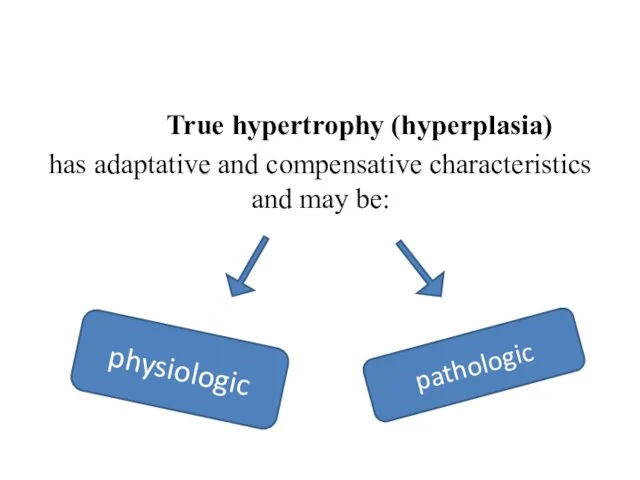
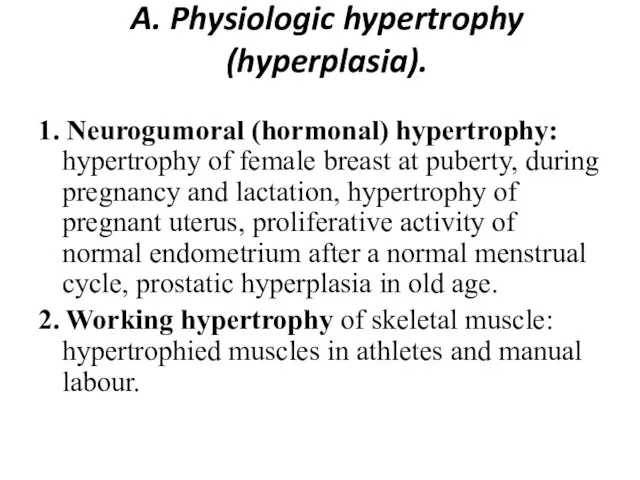
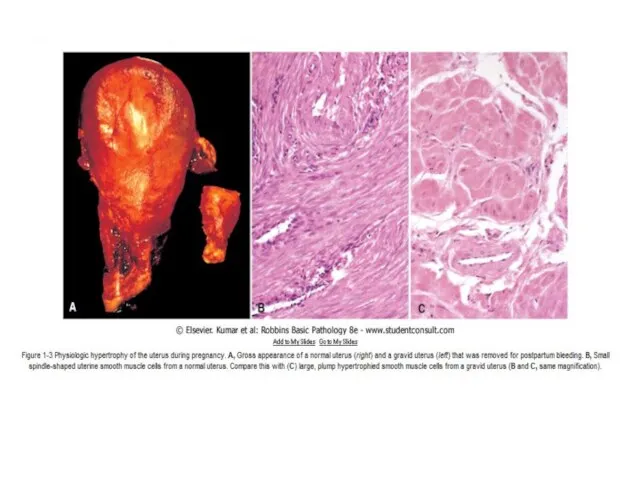
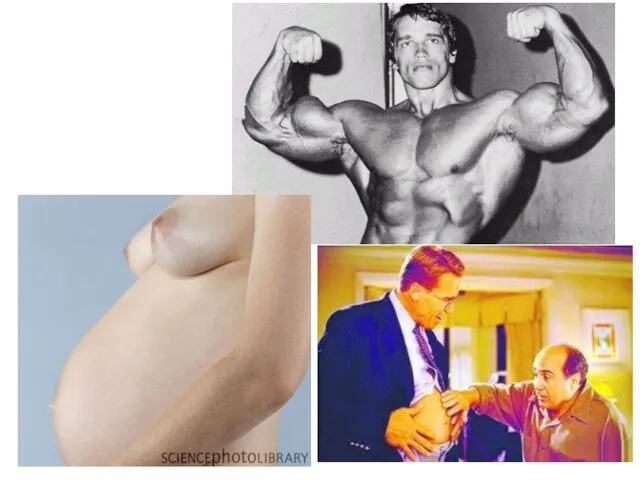
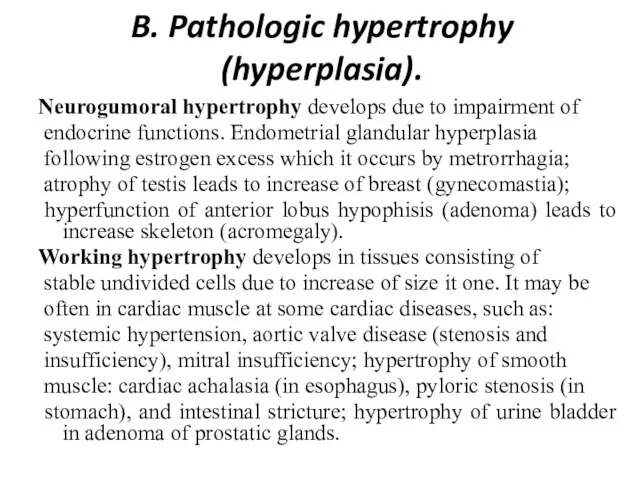
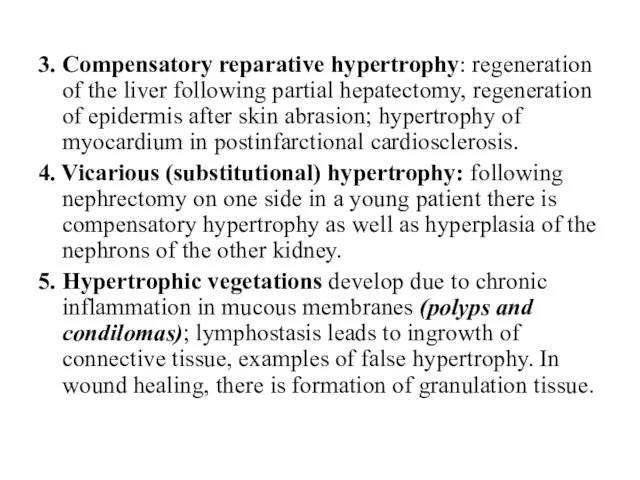
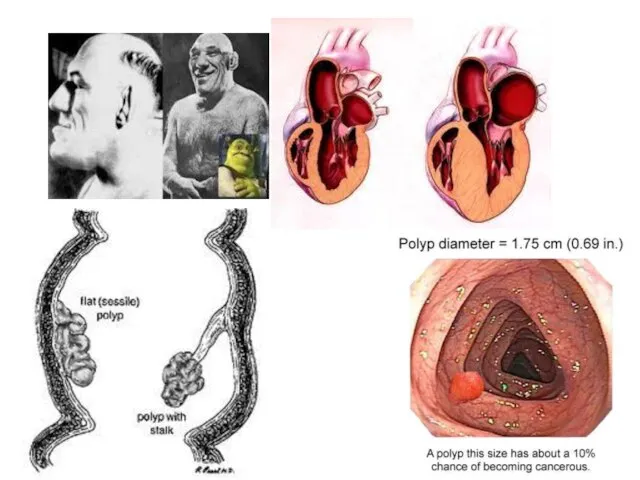
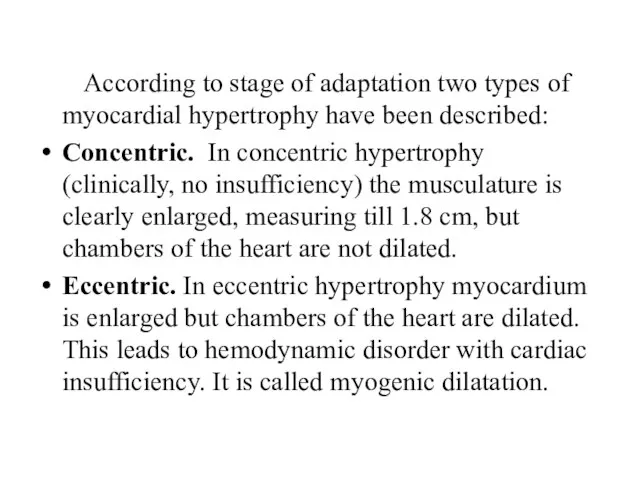
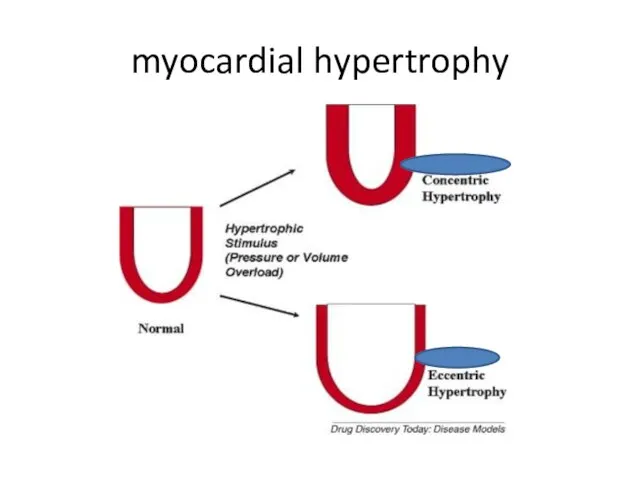
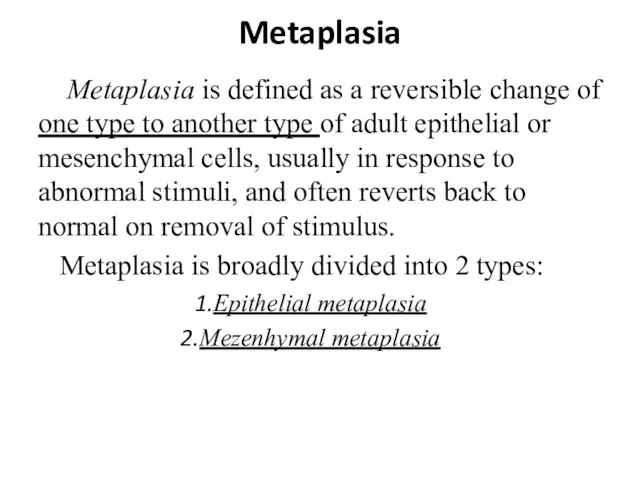
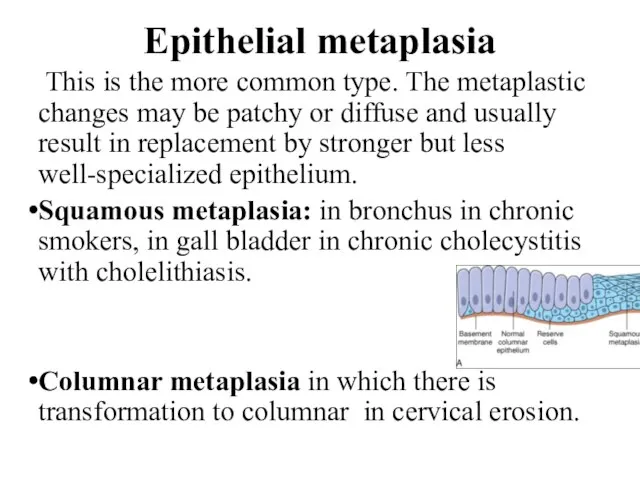
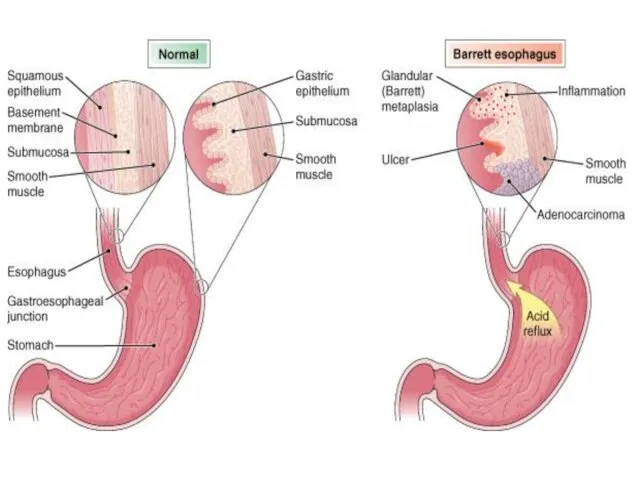
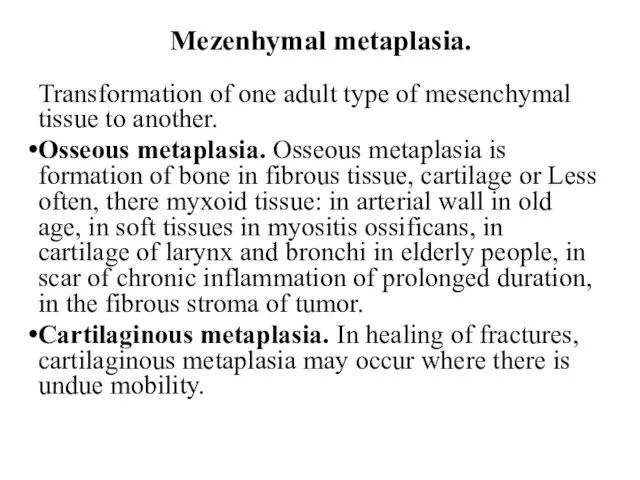
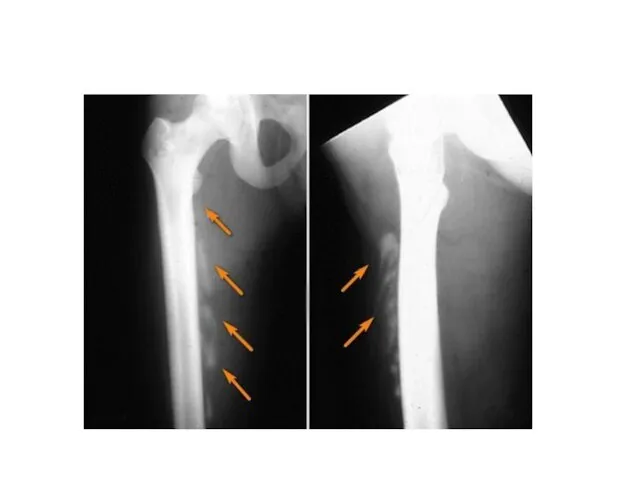
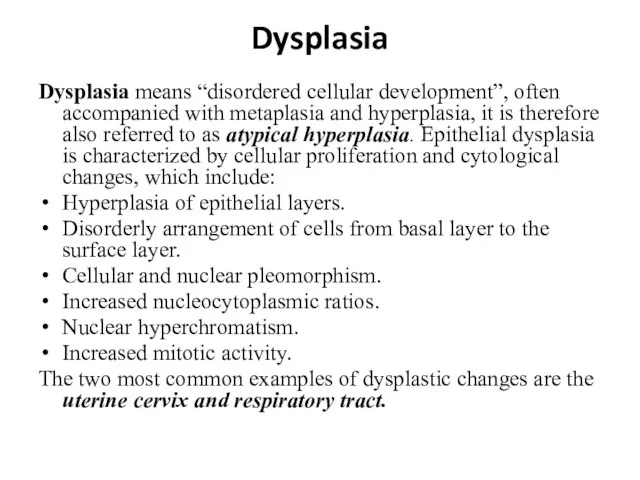
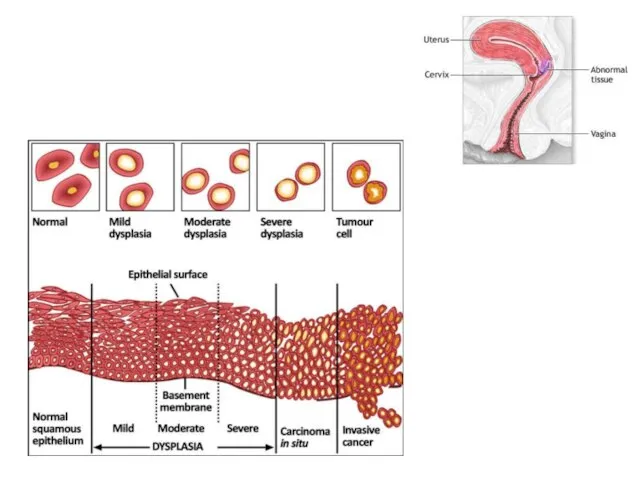
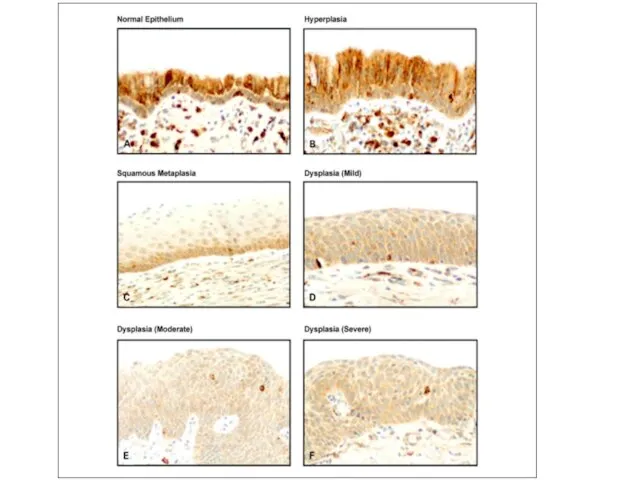
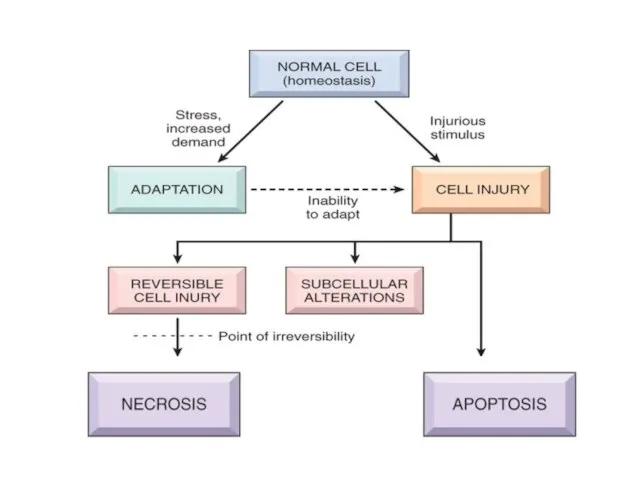
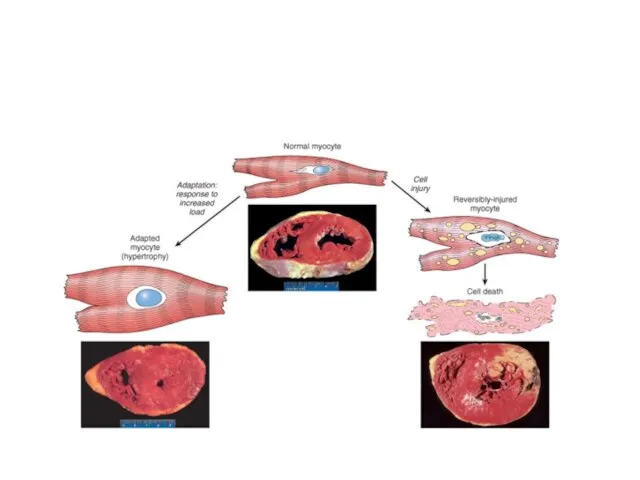
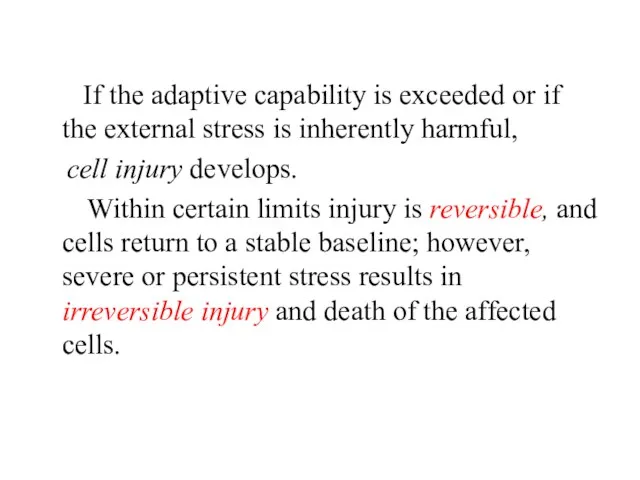
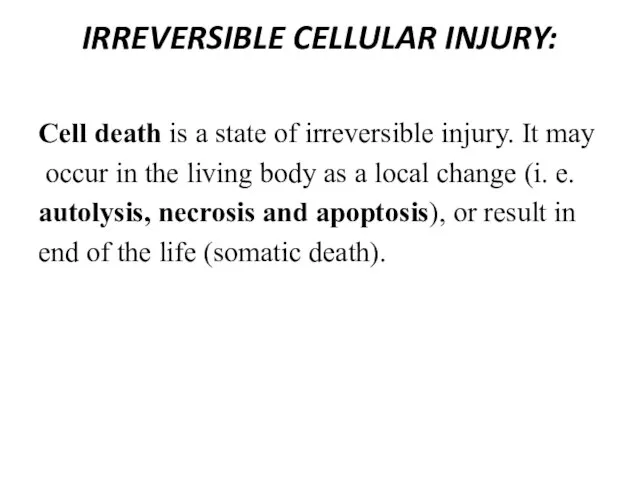
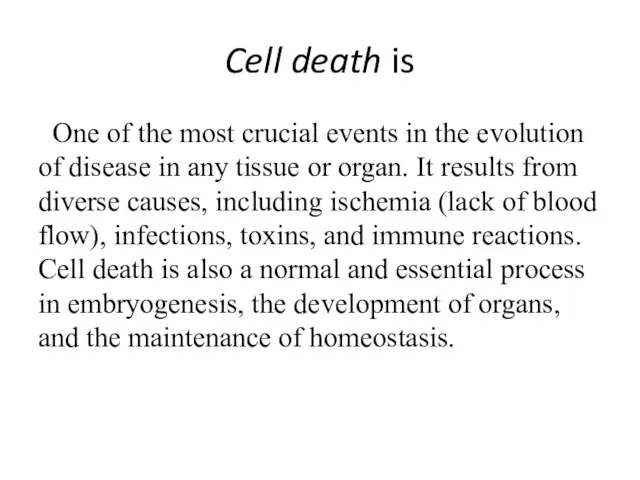
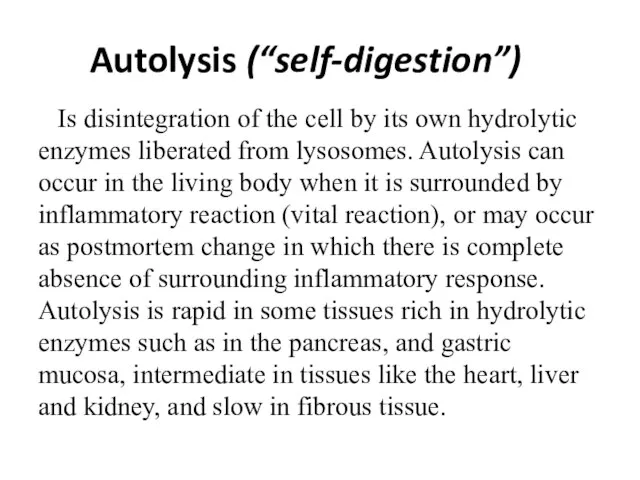
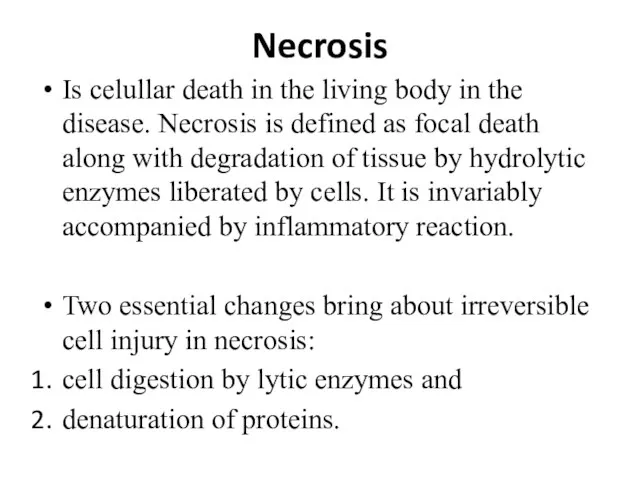
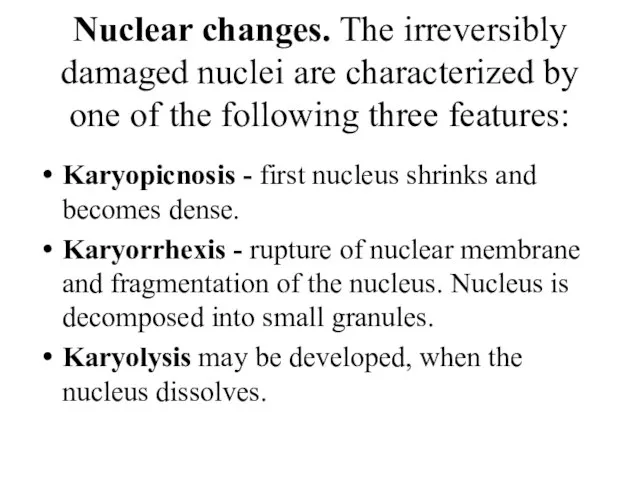
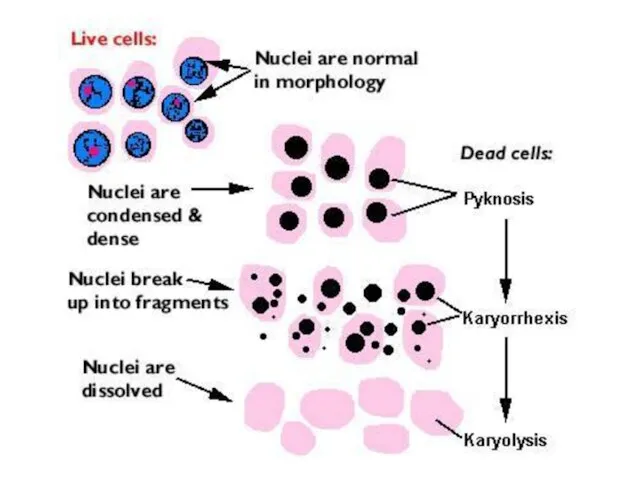
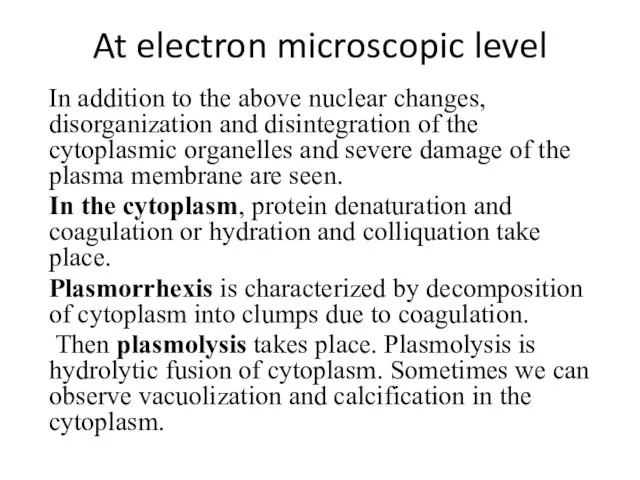
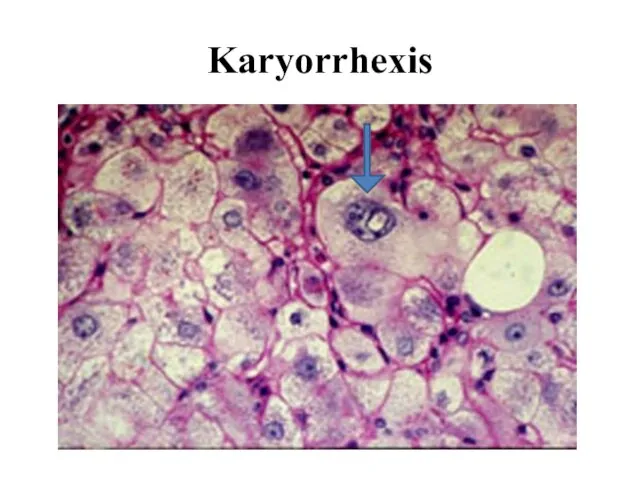
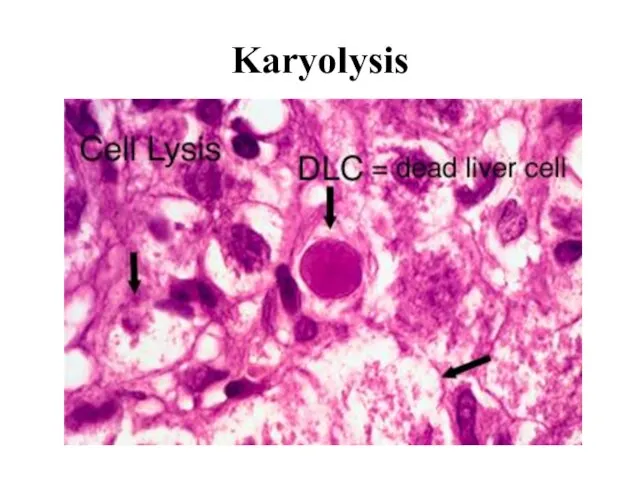
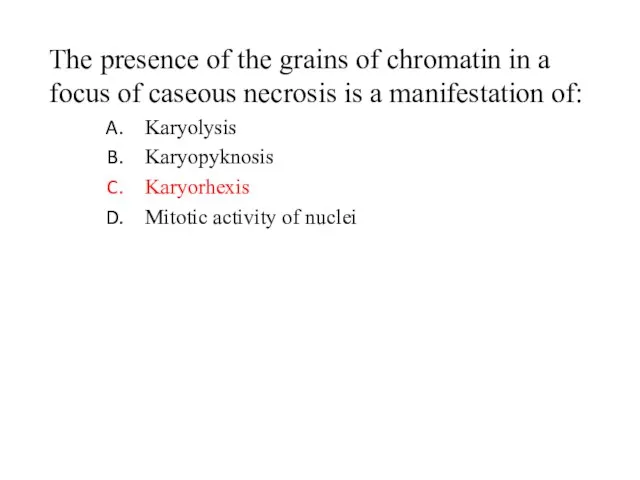
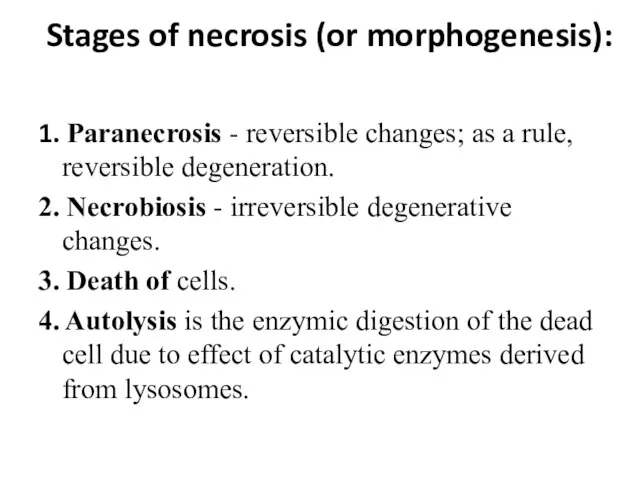
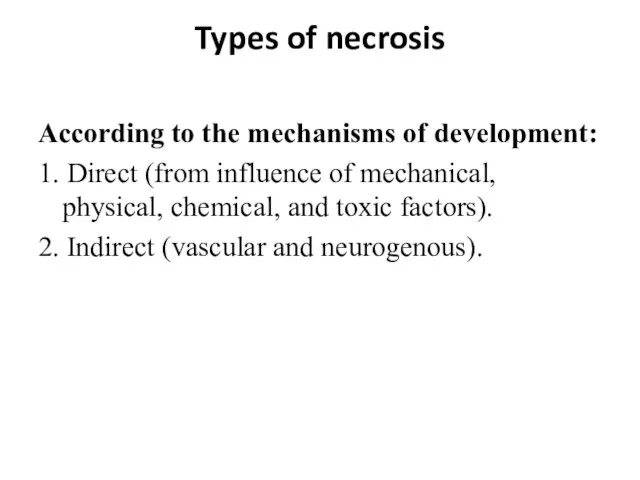
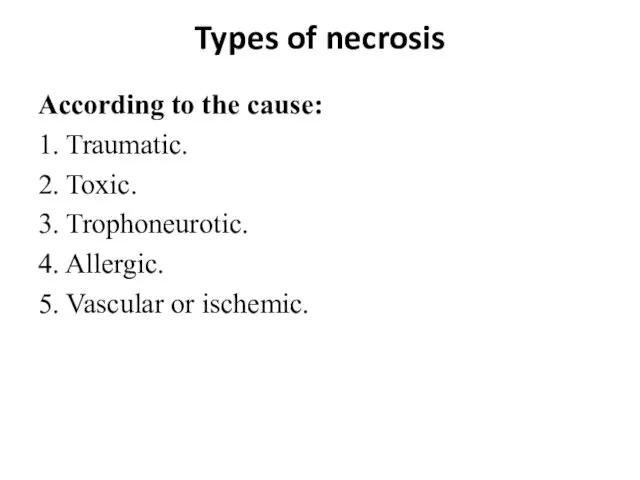
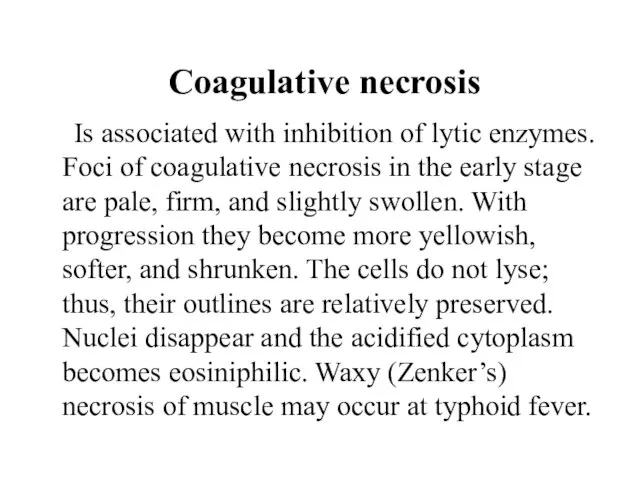
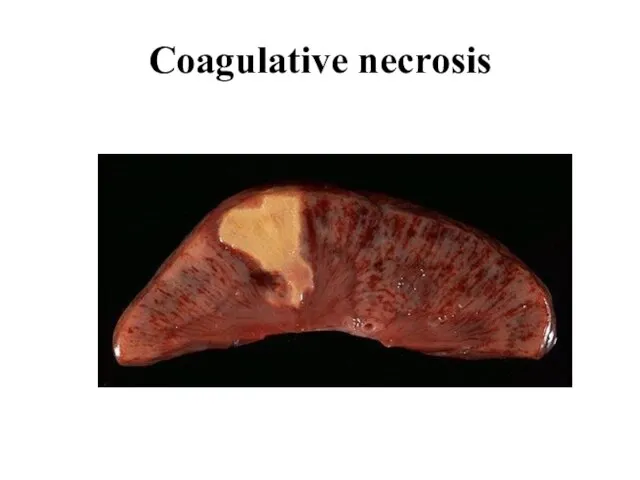
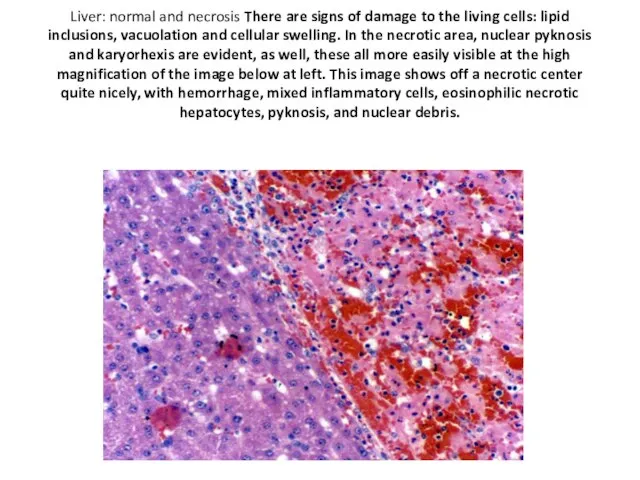
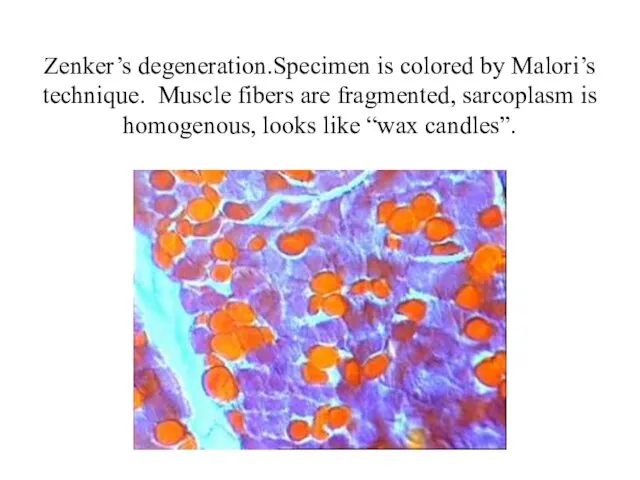
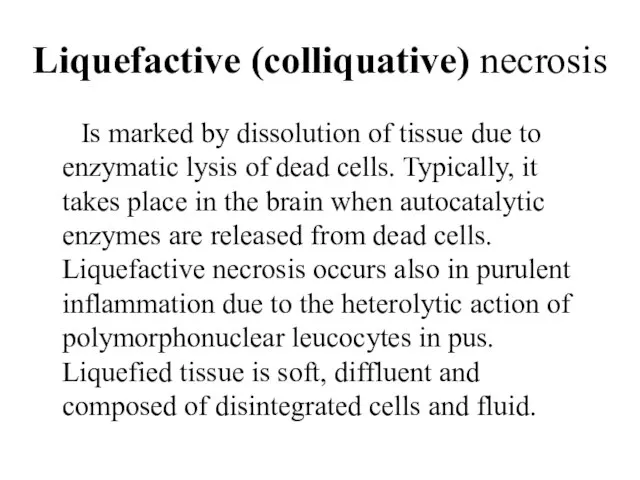
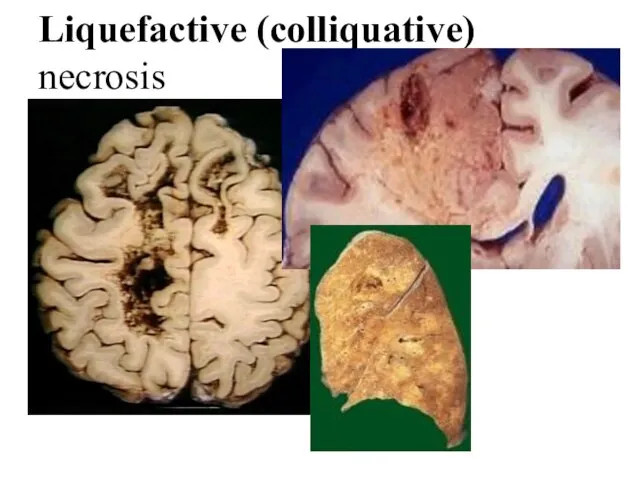
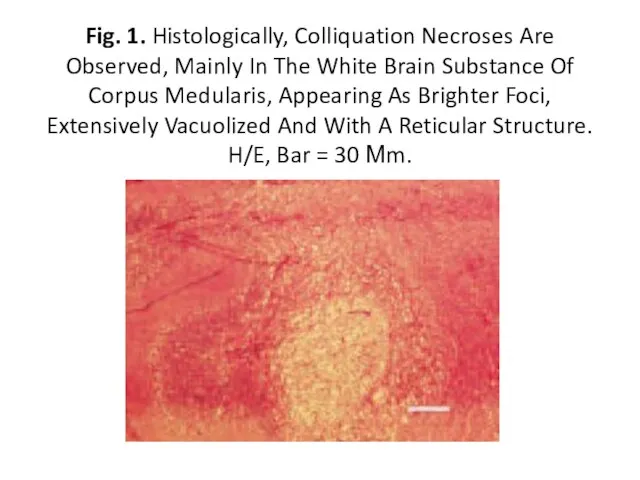
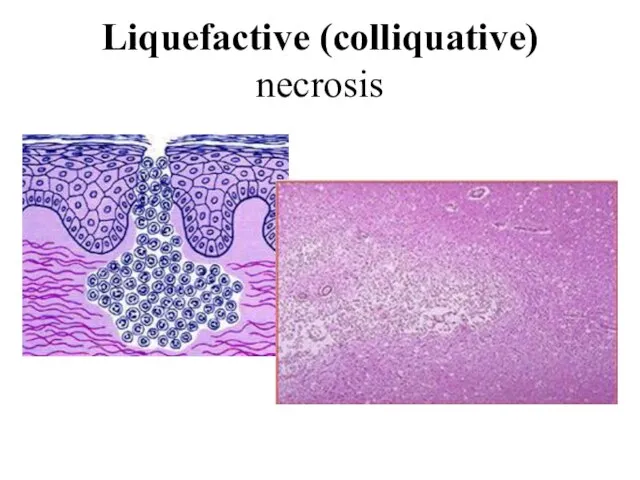
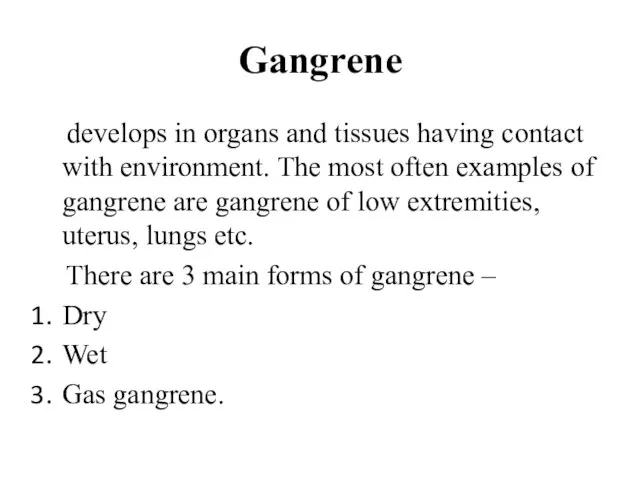
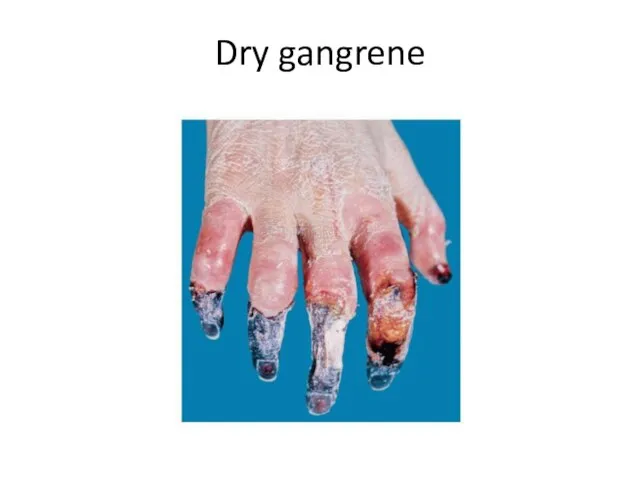
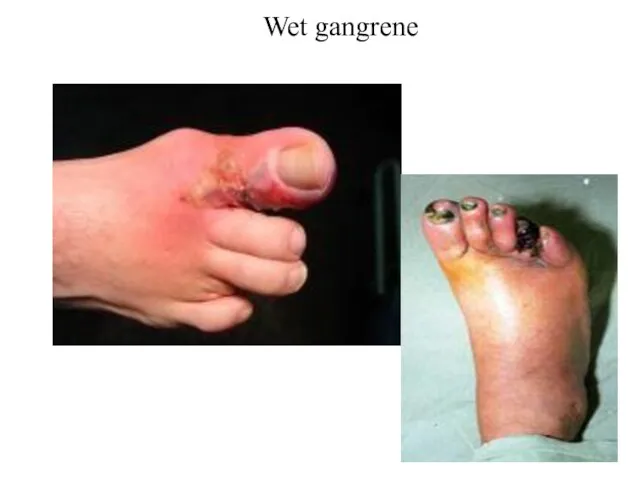
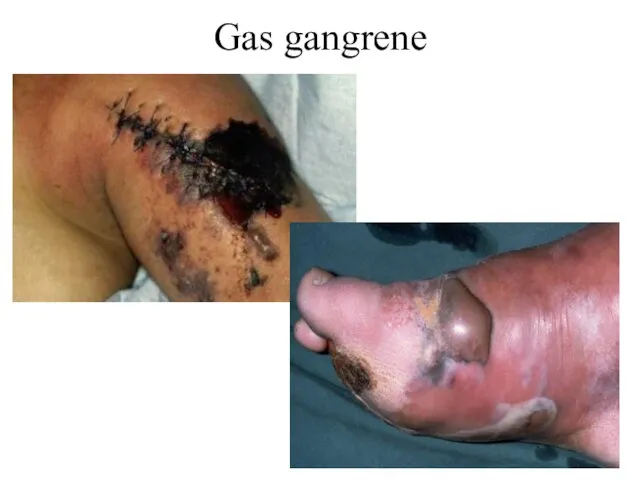
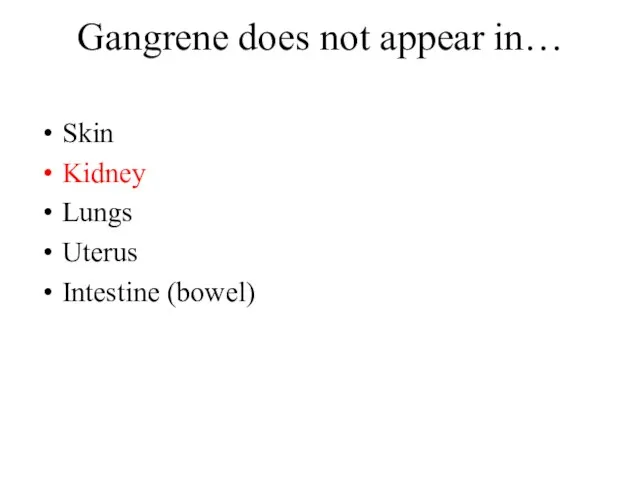
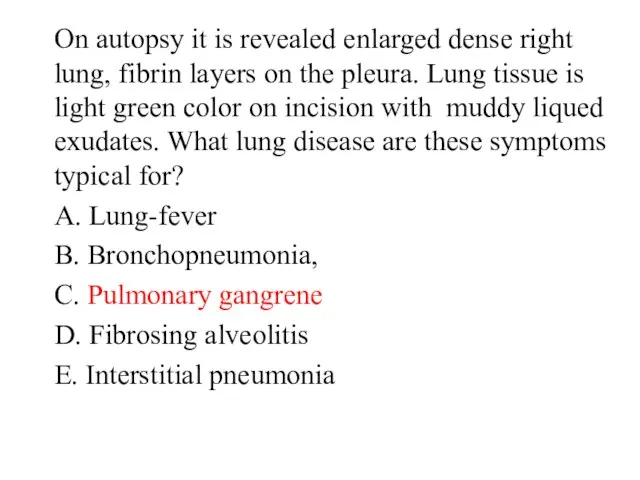
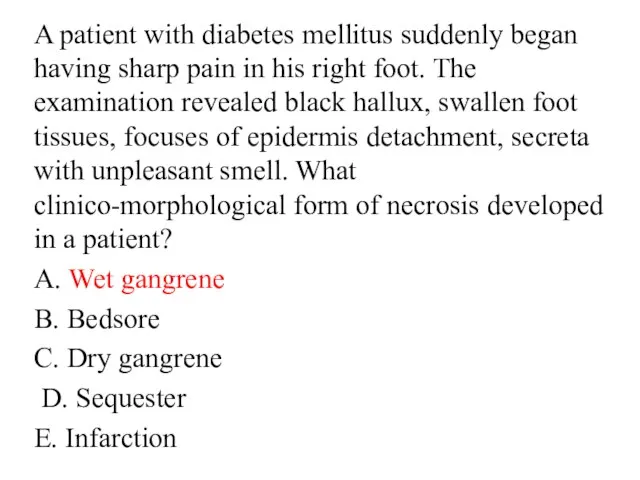
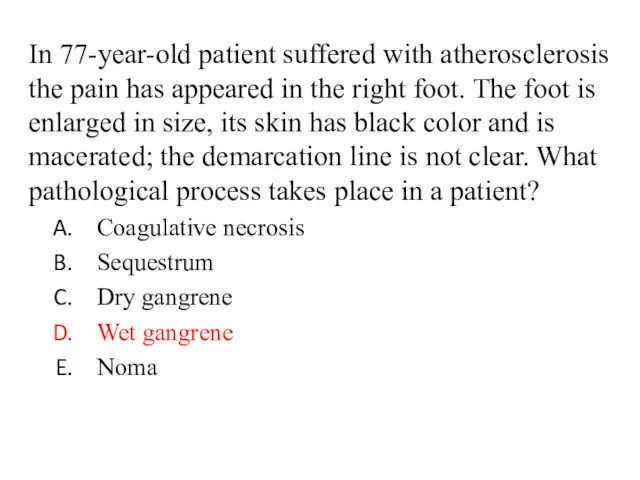
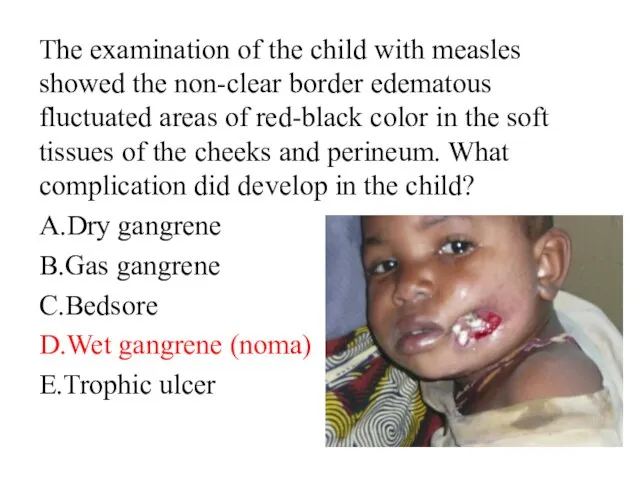
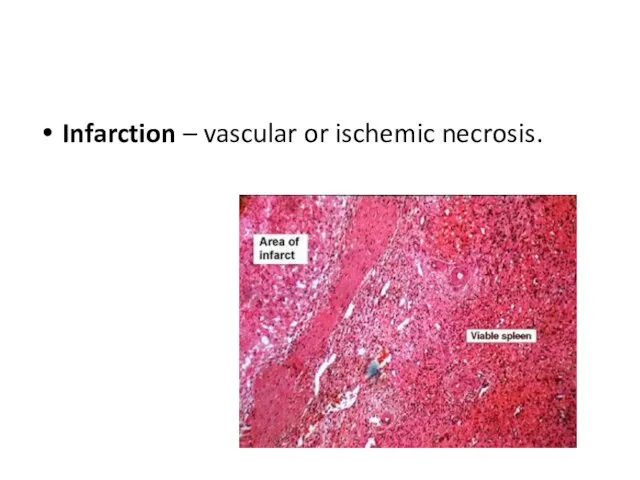
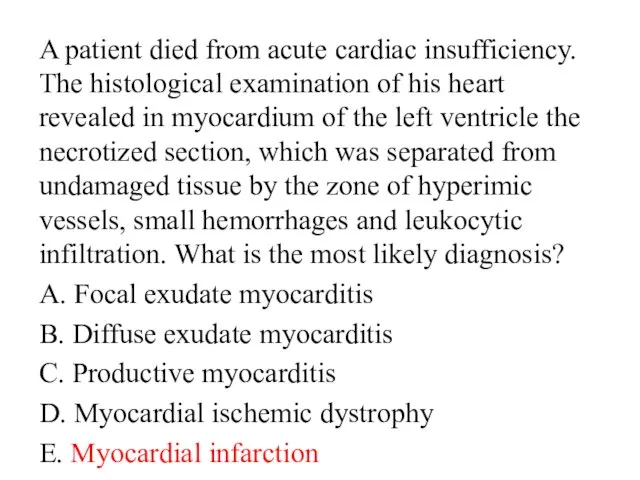
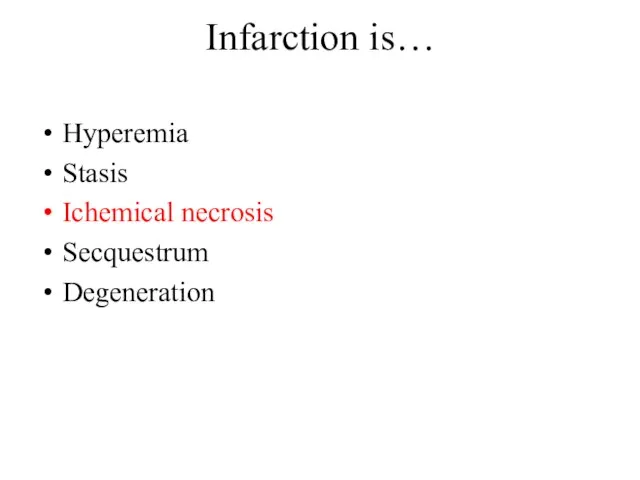
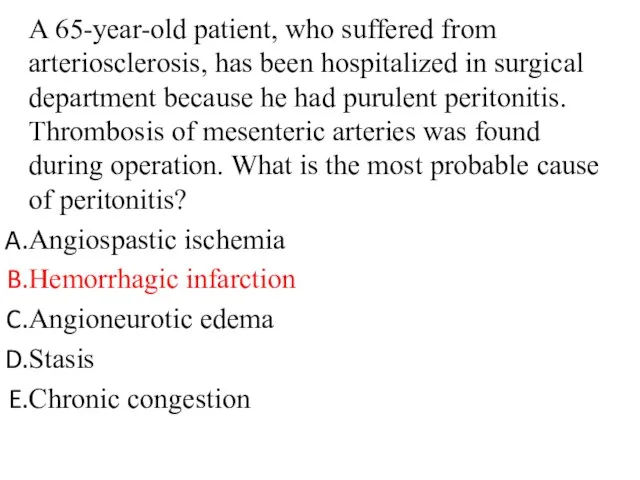
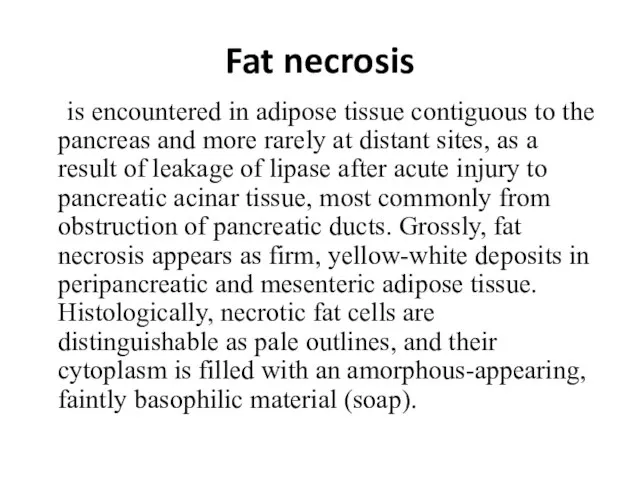
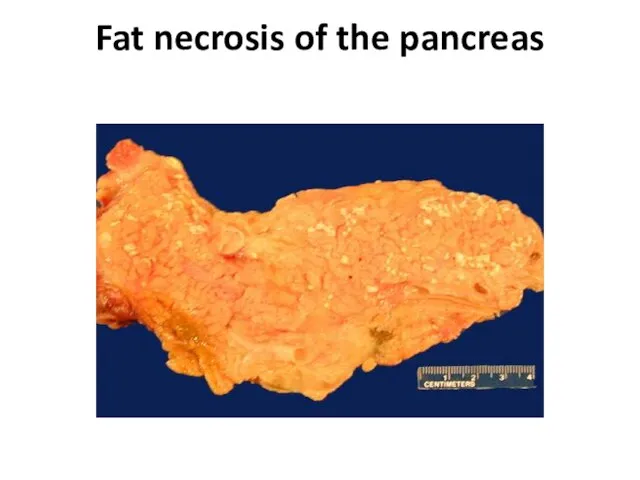
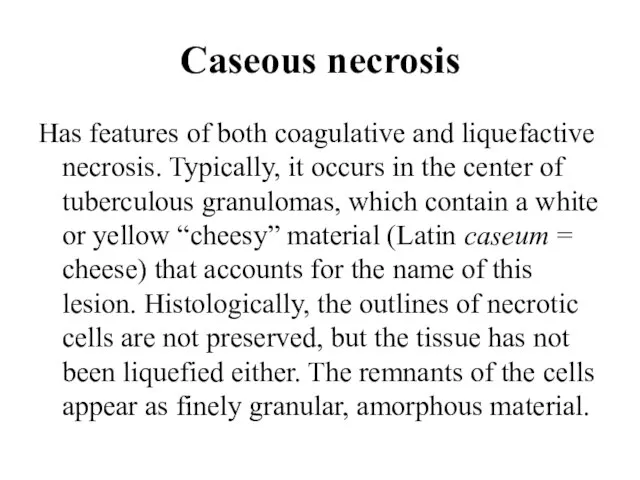
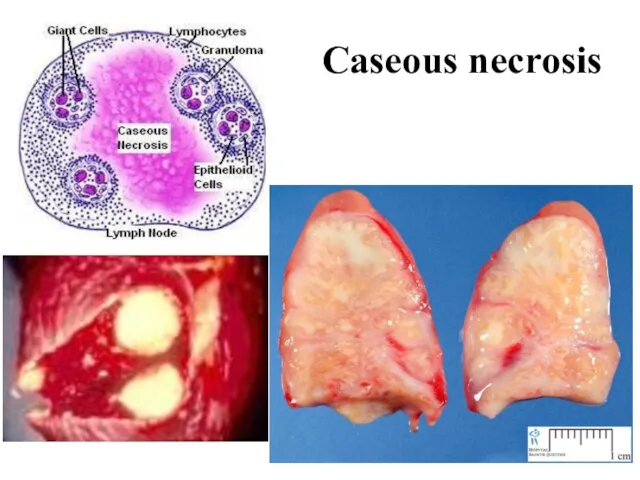
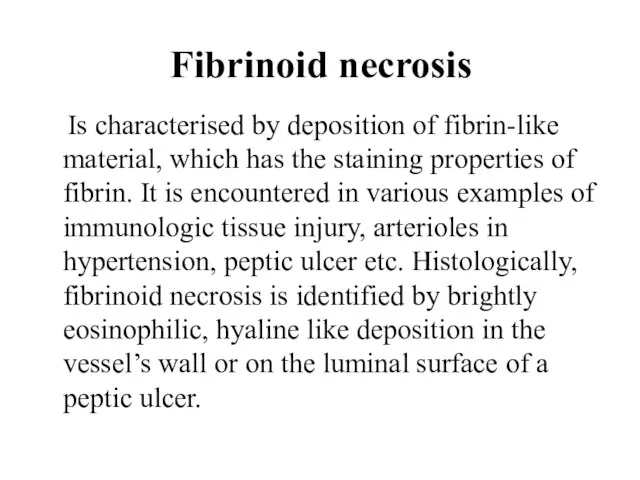
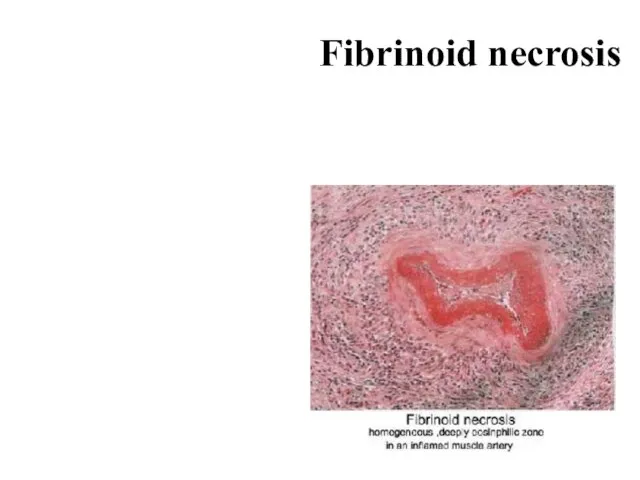
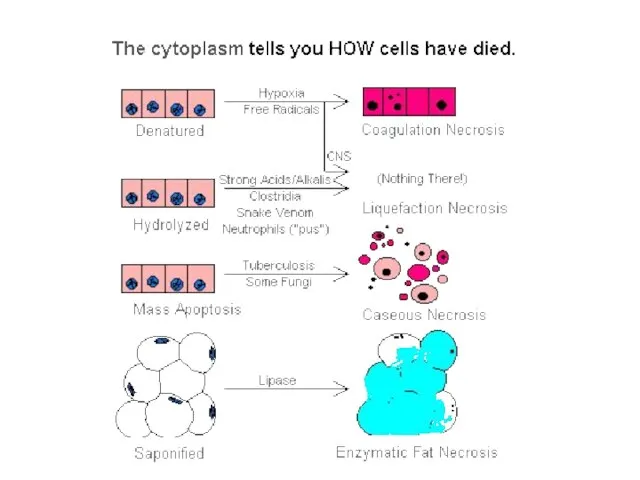
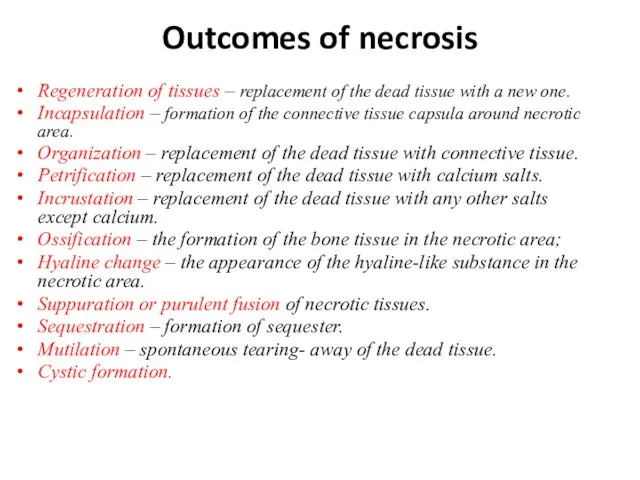
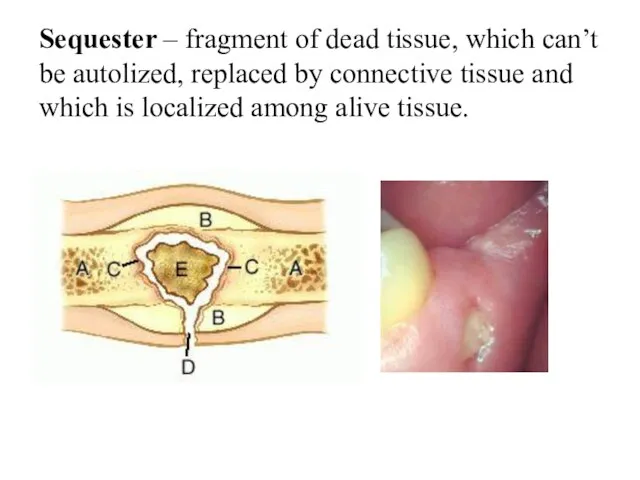
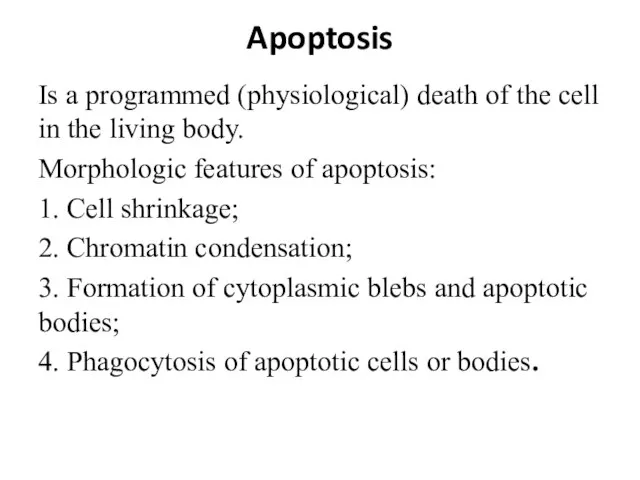
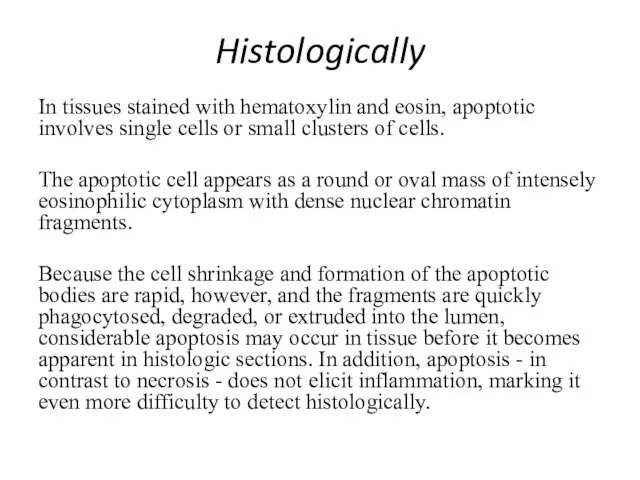
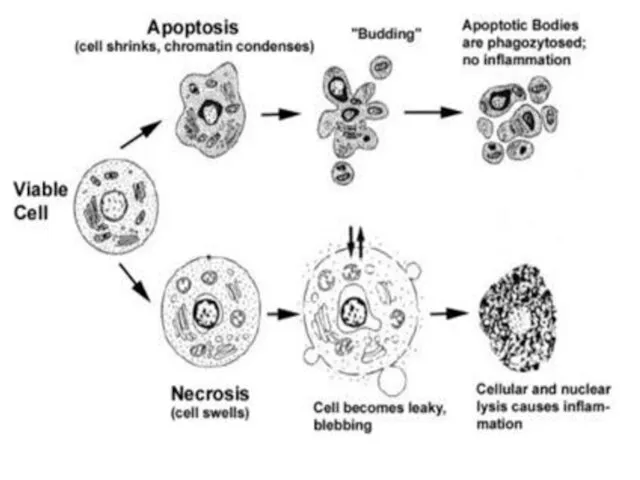
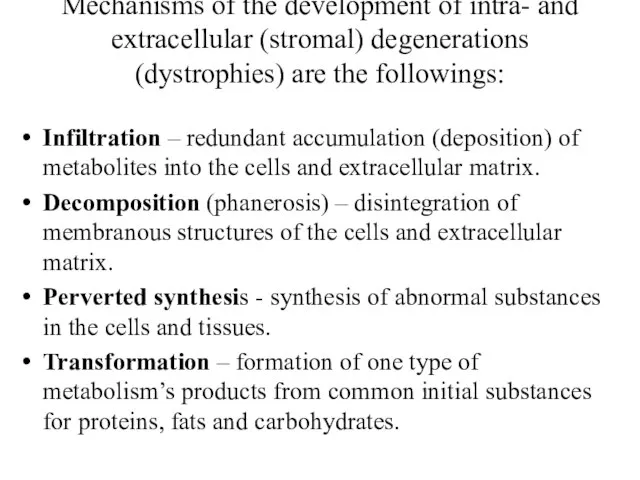
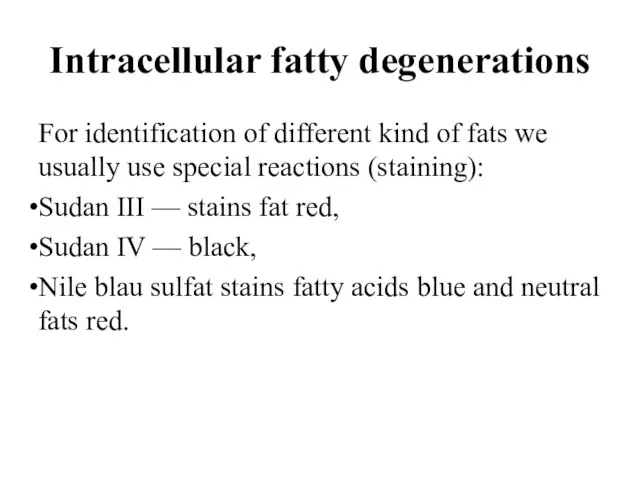
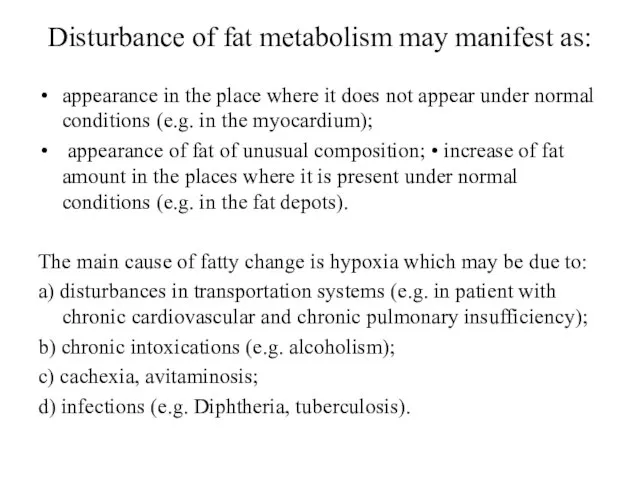
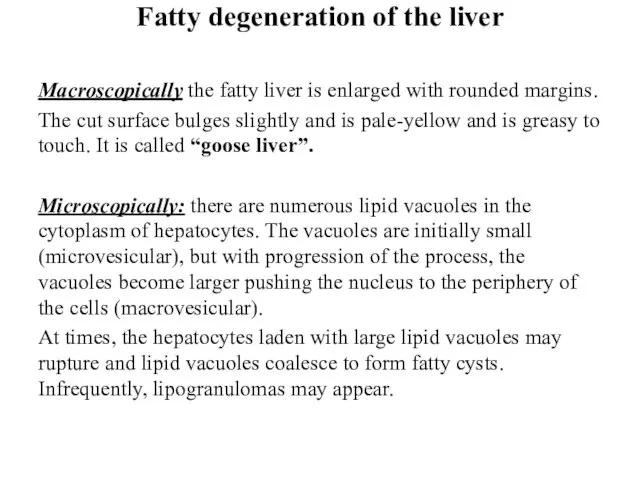
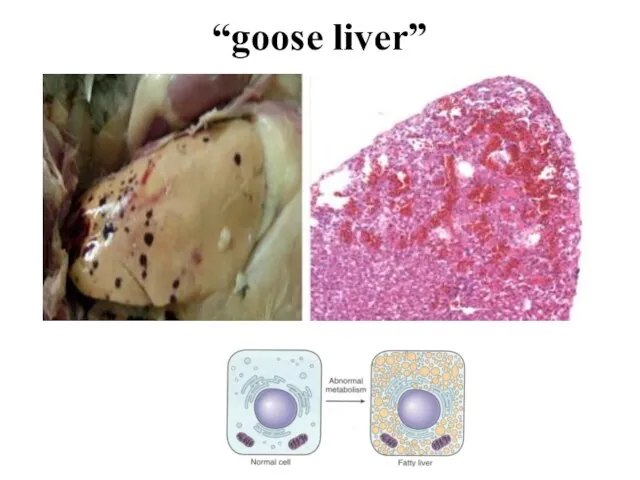
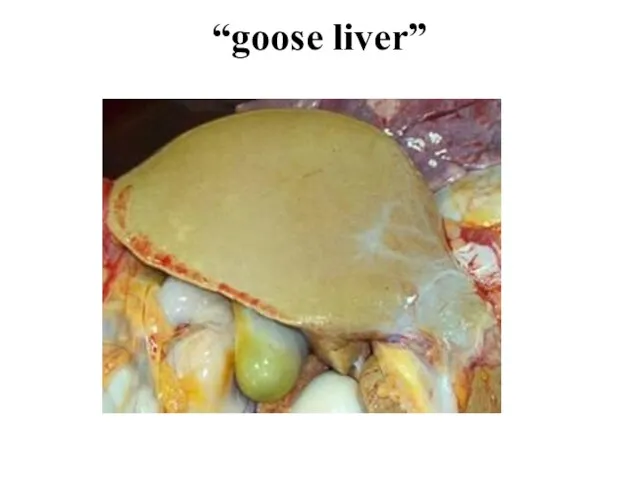
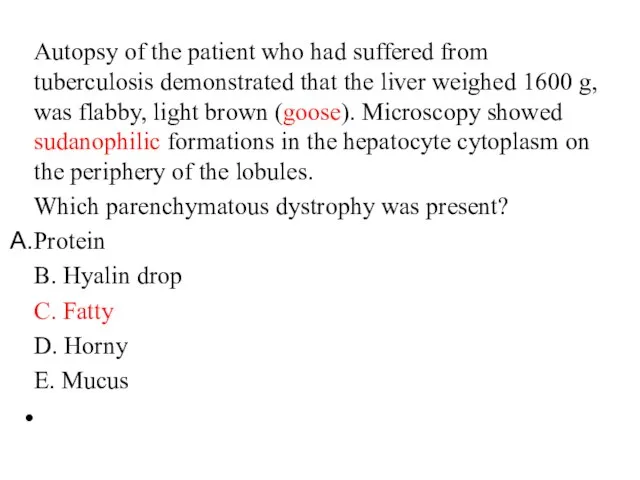
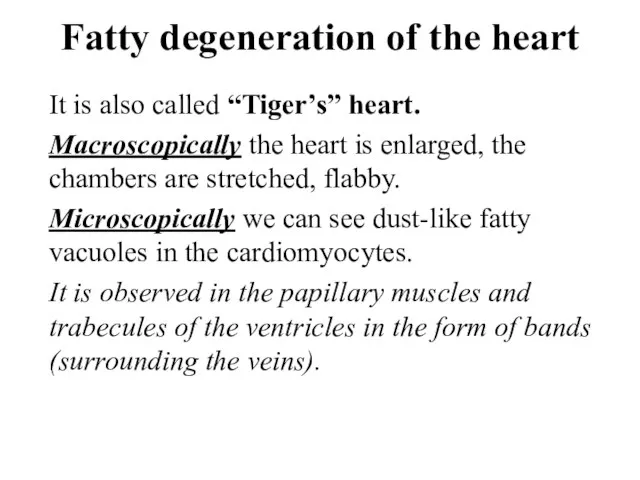
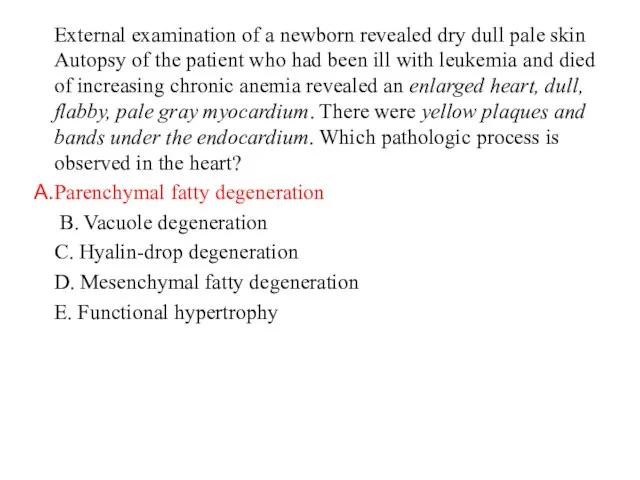
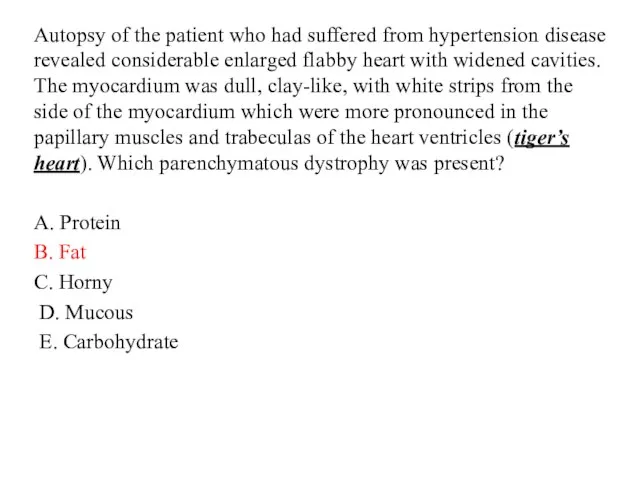
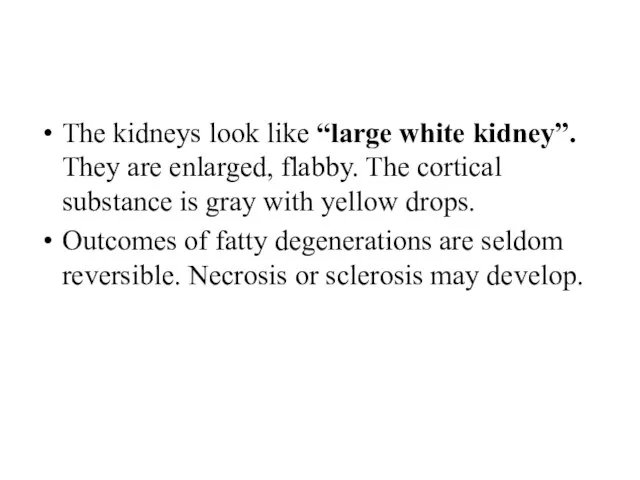
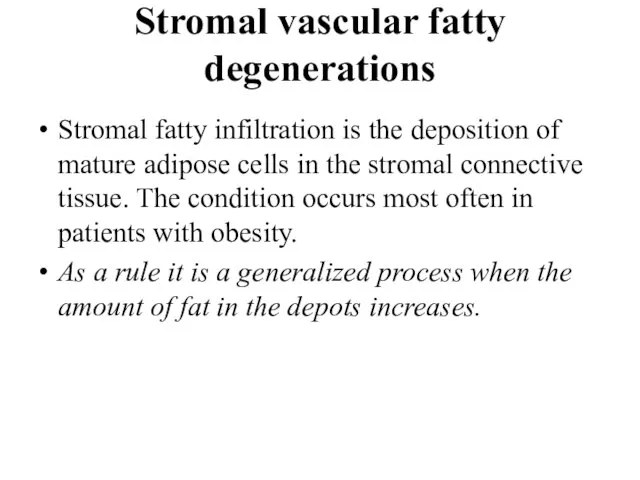
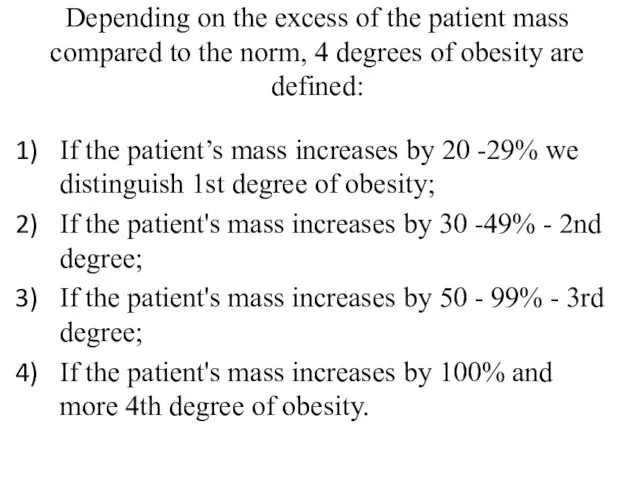
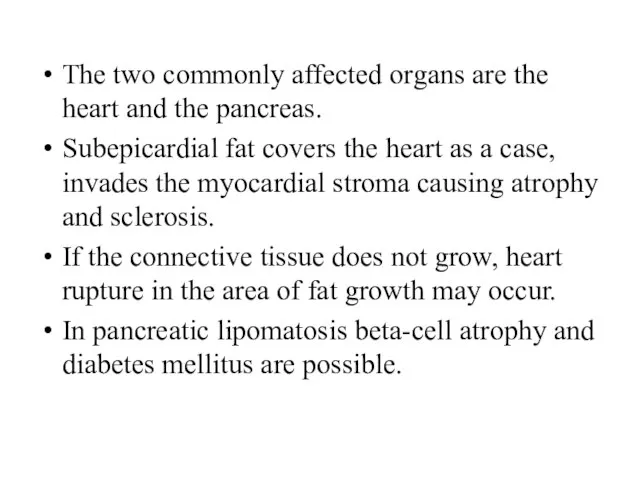
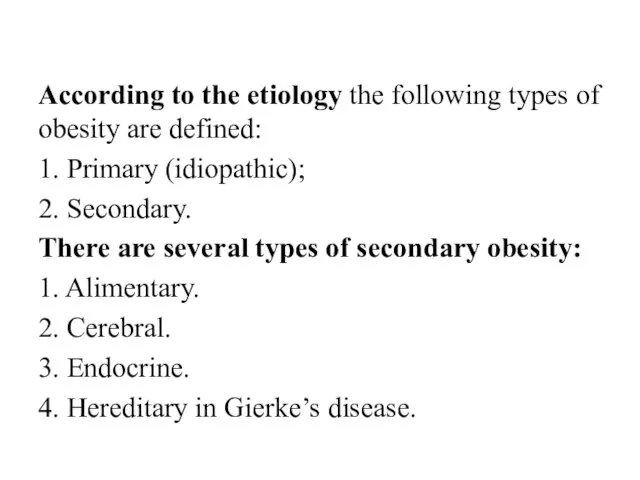
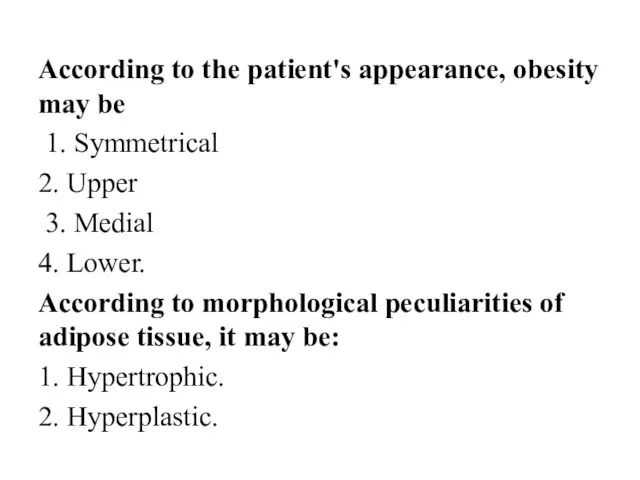
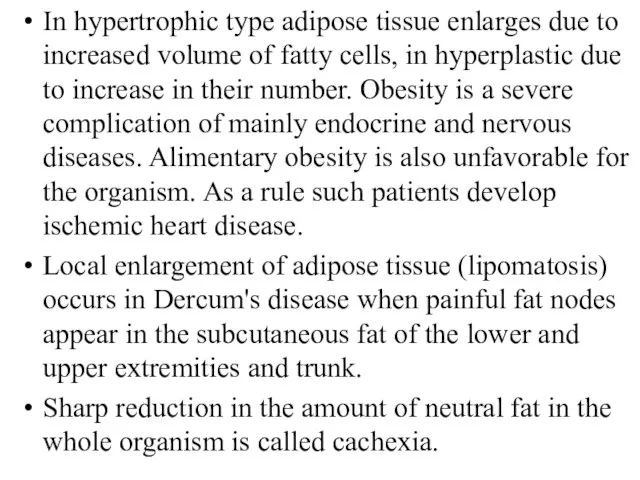
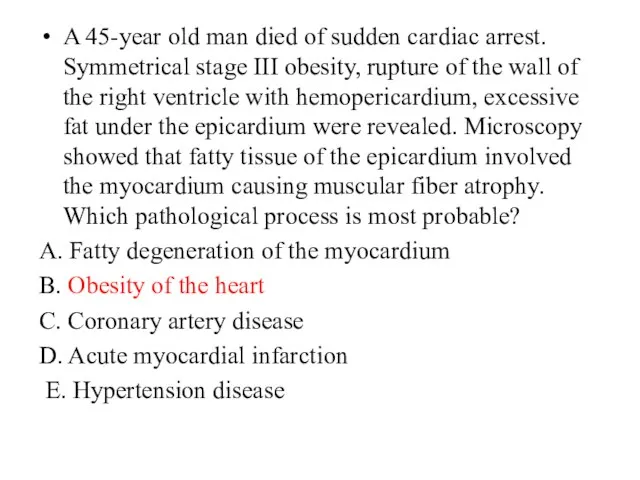

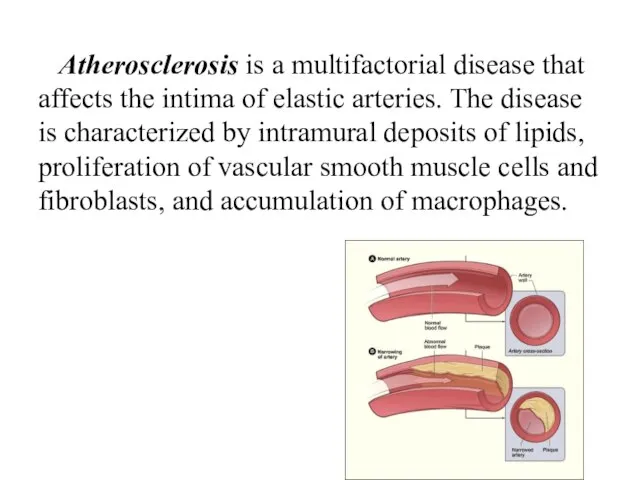
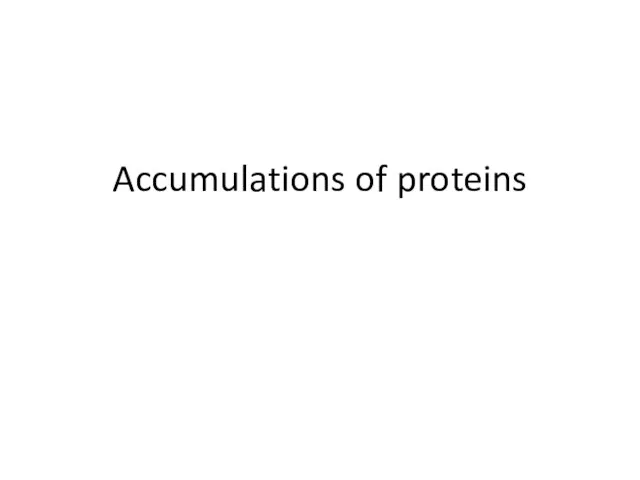
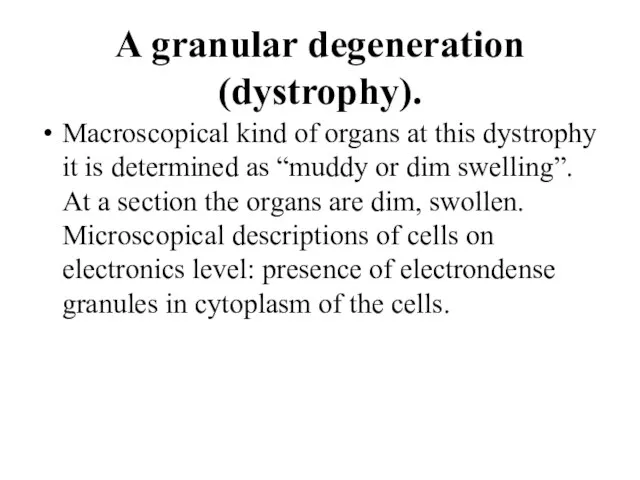
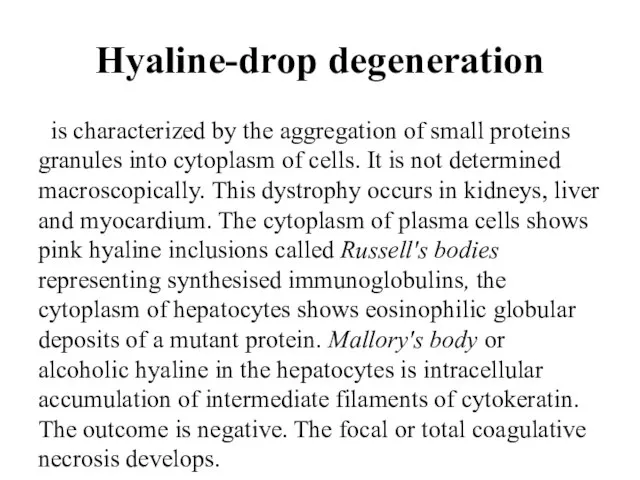
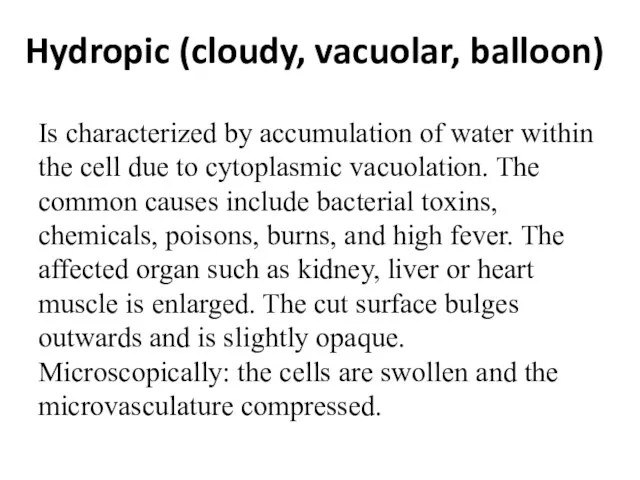
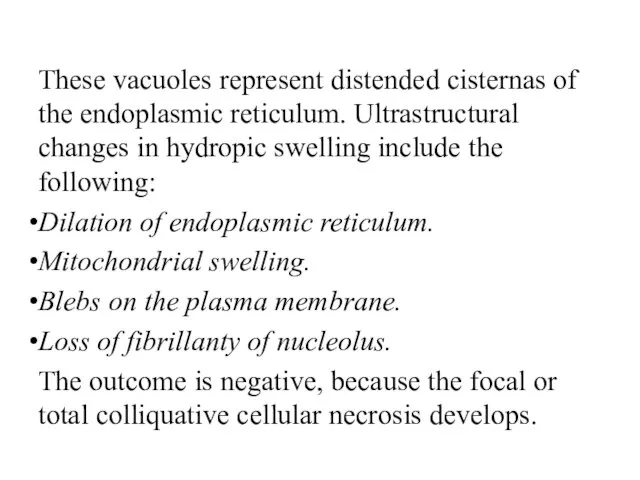
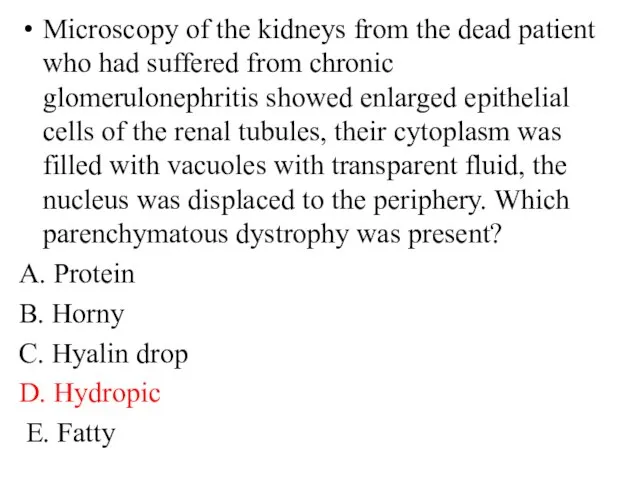
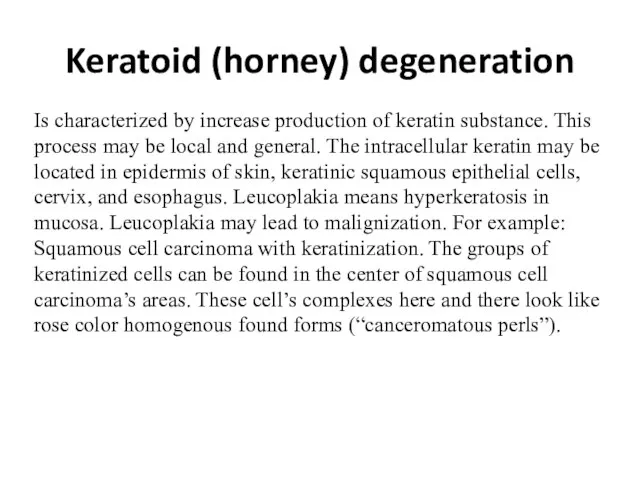
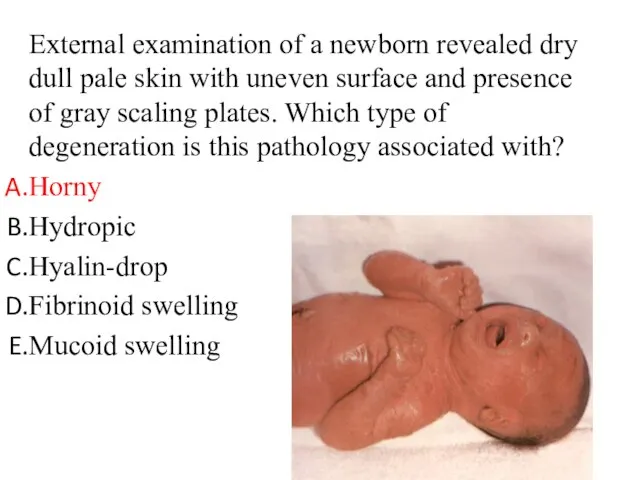
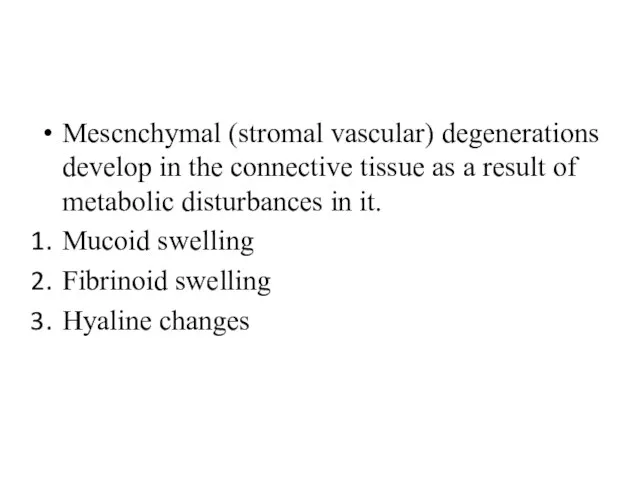
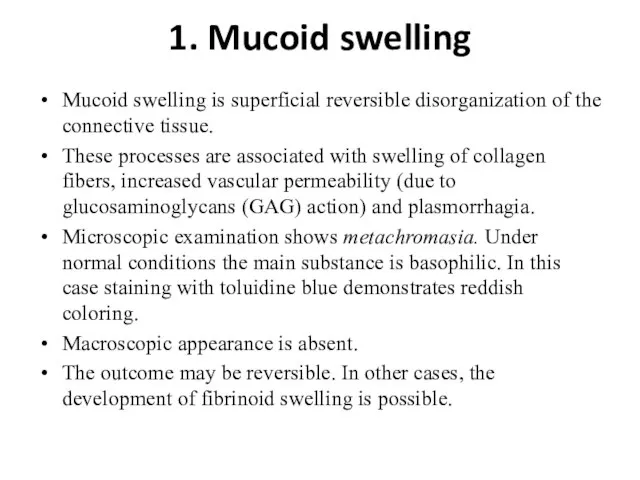
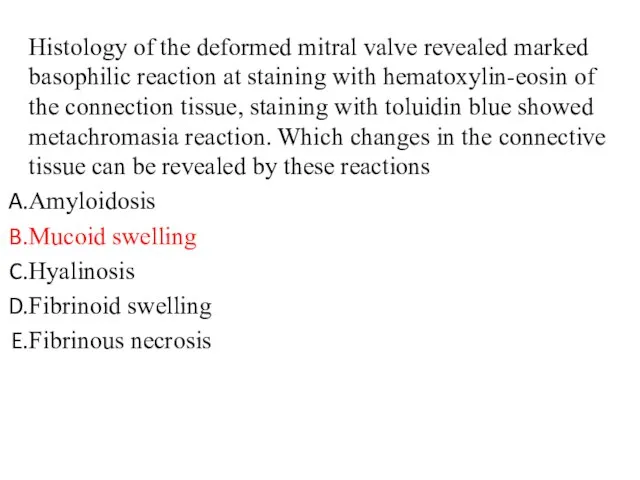
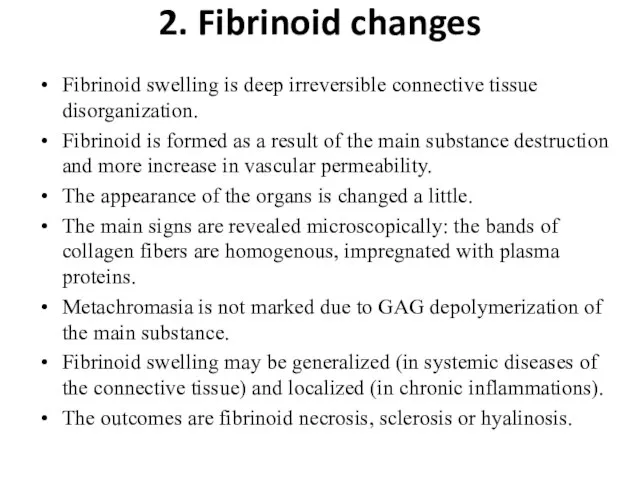
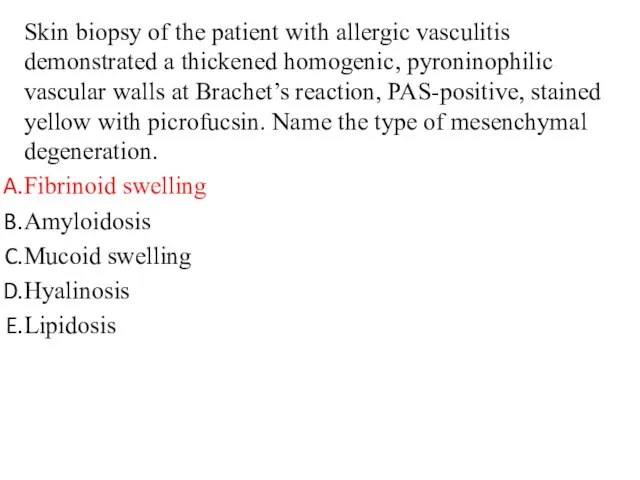
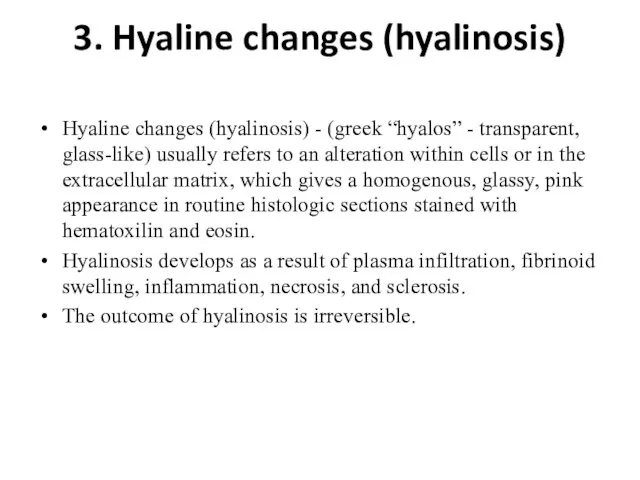
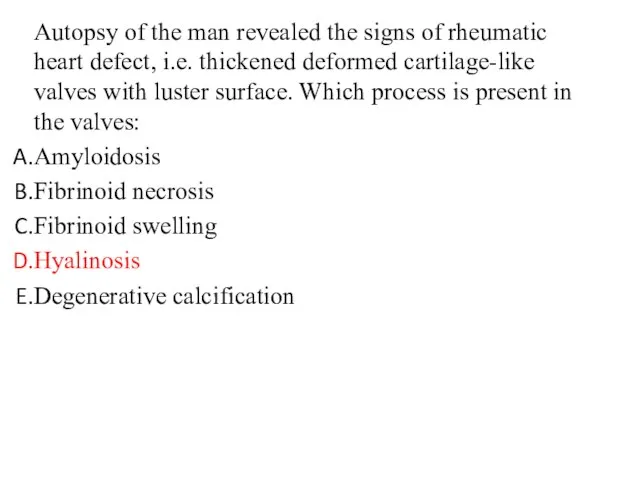
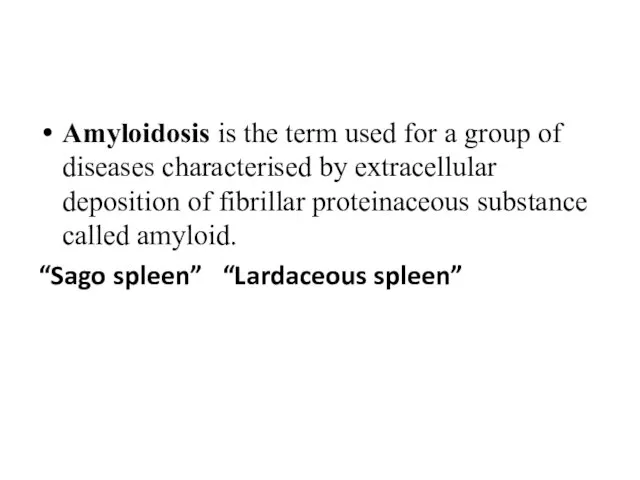
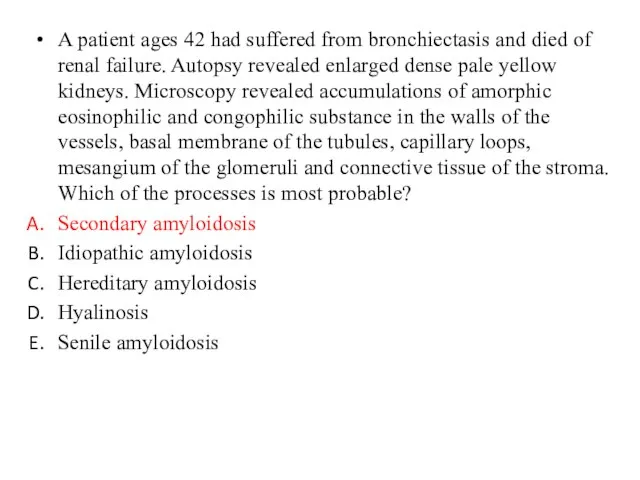
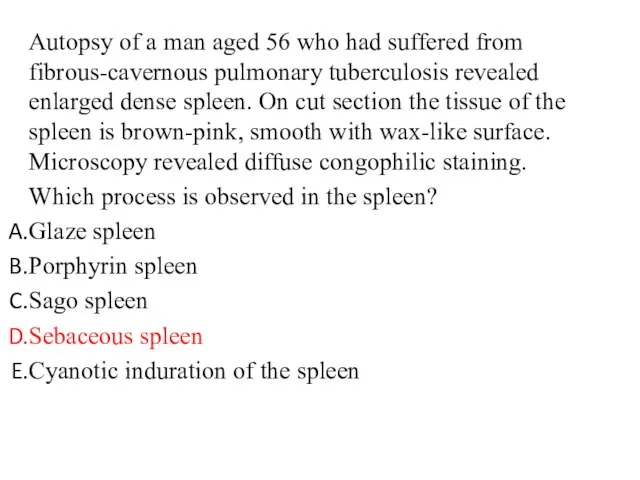
 Признания центрам
Признания центрам Основные направления внешней политики Алексея Михайловича
Основные направления внешней политики Алексея Михайловича Биомехатроника
Биомехатроника Исковое заявление и порядок предъявления иска
Исковое заявление и порядок предъявления иска Кочаков_виправлено_і_перевірено1
Кочаков_виправлено_і_перевірено1 Гранты. Финансирование научных исследований
Гранты. Финансирование научных исследований Правила игры в волейбол
Правила игры в волейбол Экономика и информатика
Экономика и информатика Сетевые информационные технологии
Сетевые информационные технологии Книга
Книга Тайны имен славянских божеств
Тайны имен славянских божеств Приглашаем Вас на праздник в декабре
Приглашаем Вас на праздник в декабре Разноцветные краски (1 класс)
Разноцветные краски (1 класс) Презентация на тему Герб и флаг Республики Беларусь
Презентация на тему Герб и флаг Республики Беларусь Динамика
Динамика В Указе говорится: «Учитывая большой вклад российских библиотек в развитие отечественного просвещения, науки и культуры и необход
В Указе говорится: «Учитывая большой вклад российских библиотек в развитие отечественного просвещения, науки и культуры и необход Куклы из ниток
Куклы из ниток Китай в XIX начале ХХ века
Китай в XIX начале ХХ века Настройки фотоаппарата
Настройки фотоаппарата Экскурсия по родному городу
Экскурсия по родному городу Конкурс по ПДД «За безопасность всей семьёй» Заместитель директора по ВР: В.А. Солодовникова г. Ша
Конкурс по ПДД «За безопасность всей семьёй» Заместитель директора по ВР: В.А. Солодовникова г. Ша ПОЛИТИЧЕСКИЕ ПАРТИИ, ПАРТИЙНЫЕ СИСТЕМЫ
ПОЛИТИЧЕСКИЕ ПАРТИИ, ПАРТИЙНЫЕ СИСТЕМЫ  Понятие и механизм мотивации
Понятие и механизм мотивации Тема №11
Тема №11 Сложение и вычитание в пределах 20
Сложение и вычитание в пределах 20 Презентация на тему Альдегиды (10 класс)
Презентация на тему Альдегиды (10 класс) Агентство «Скрытый маркетинг»
Агентство «Скрытый маркетинг» плансуть пояснения замечания скорочтение конспектирование оценим конспекты разделиться на пары по кругу КВН жюри итоги взгляд то
плансуть пояснения замечания скорочтение конспектирование оценим конспекты разделиться на пары по кругу КВН жюри итоги взгляд то